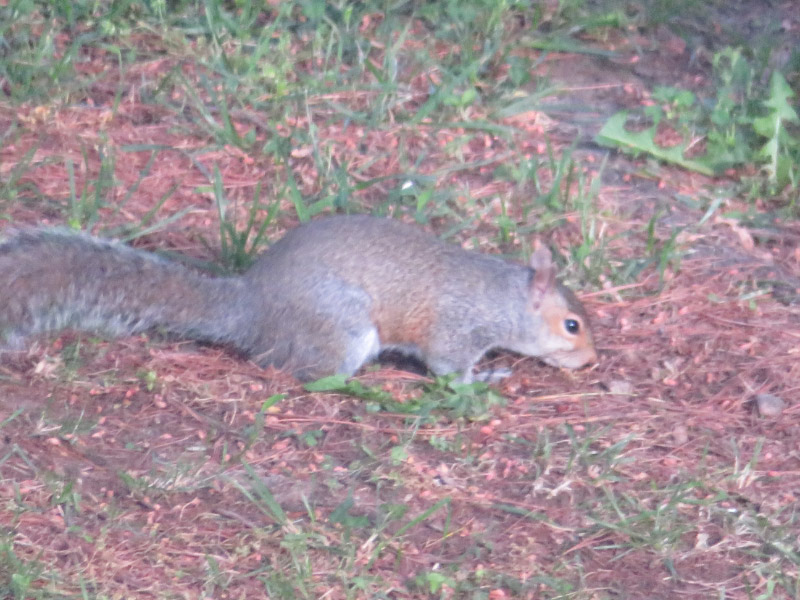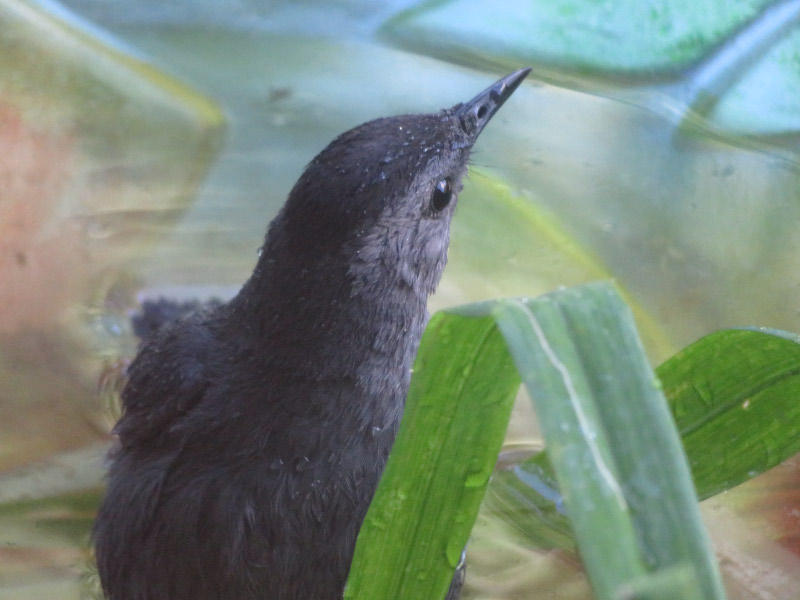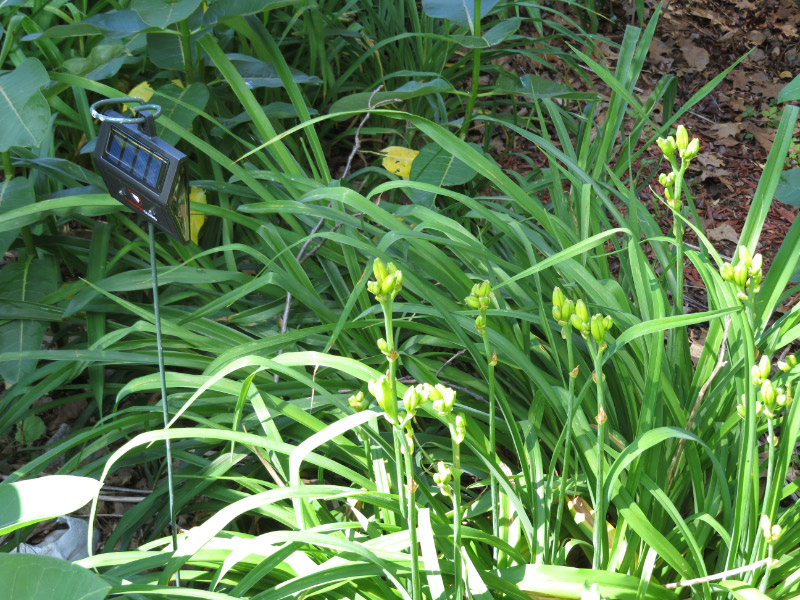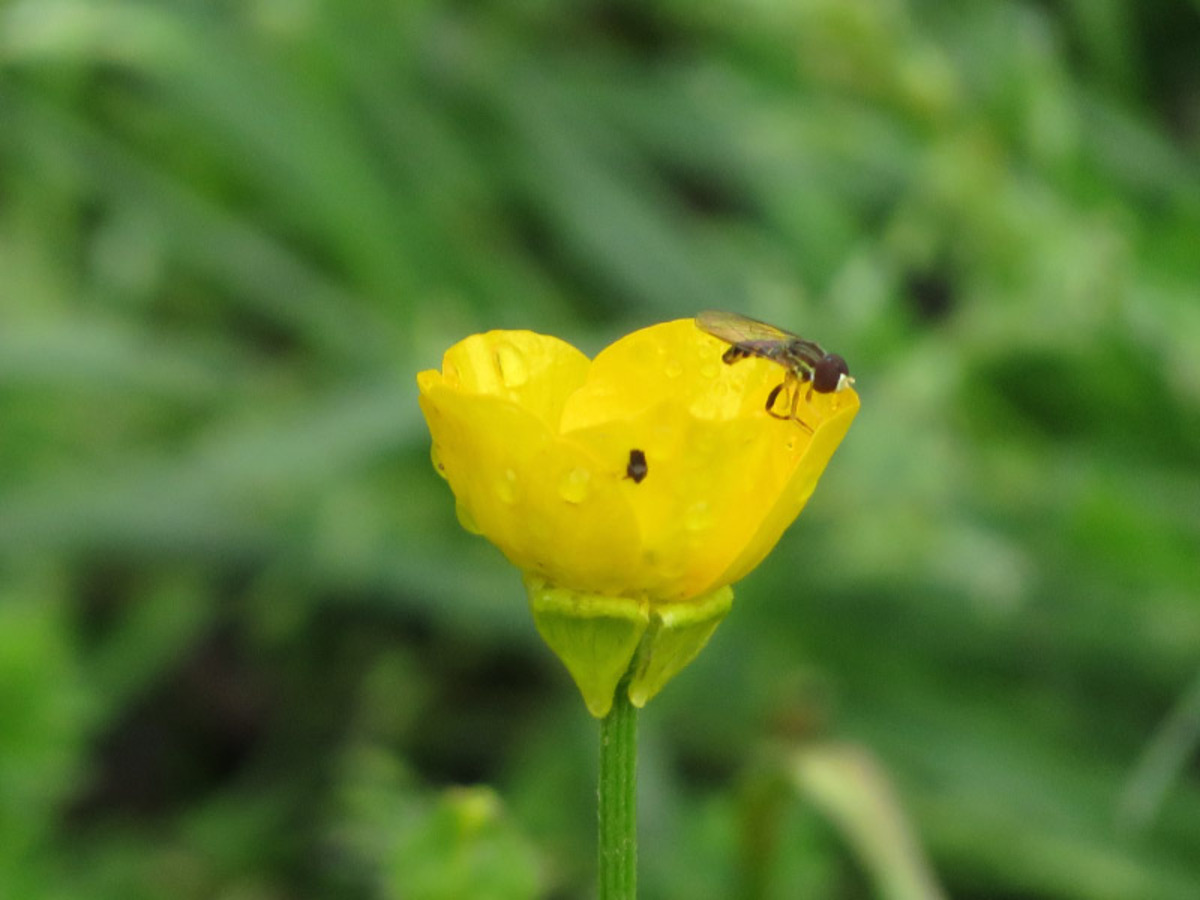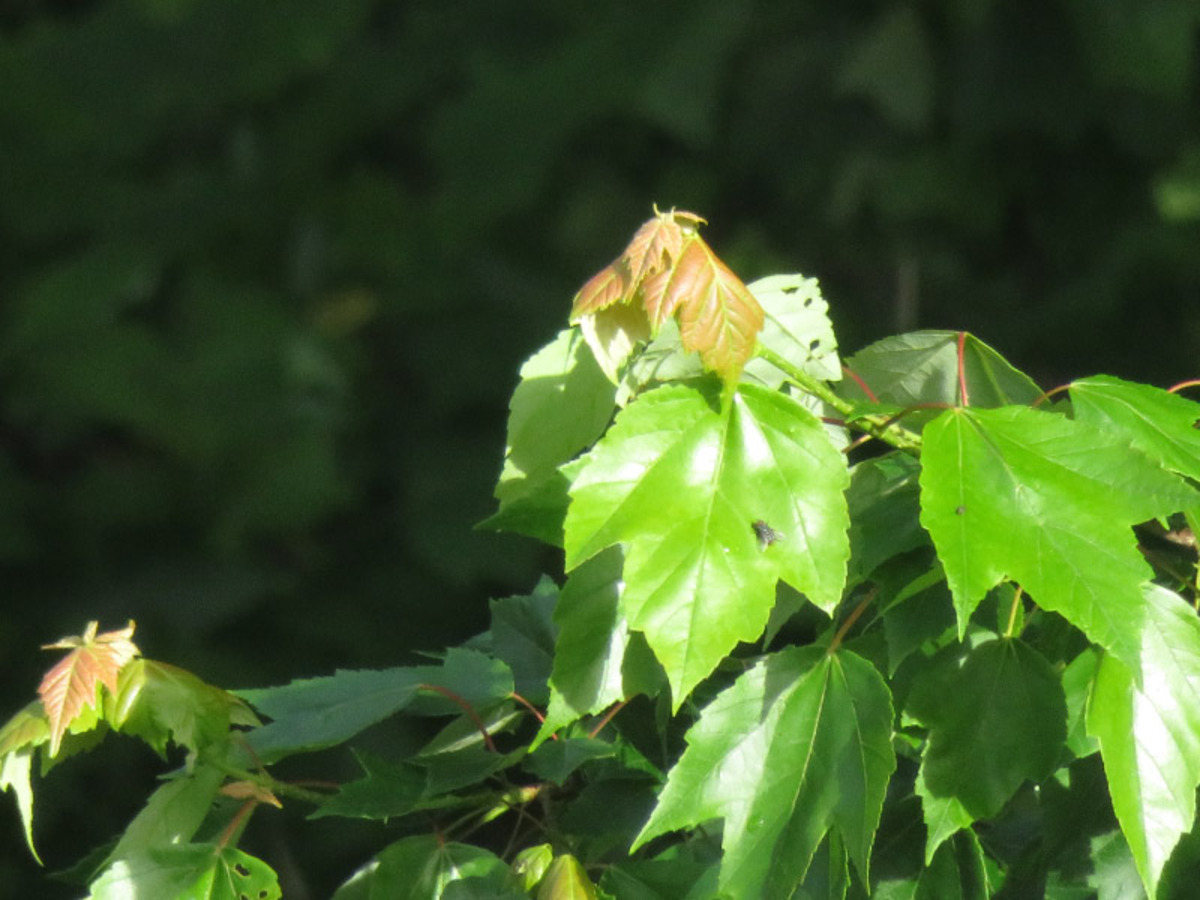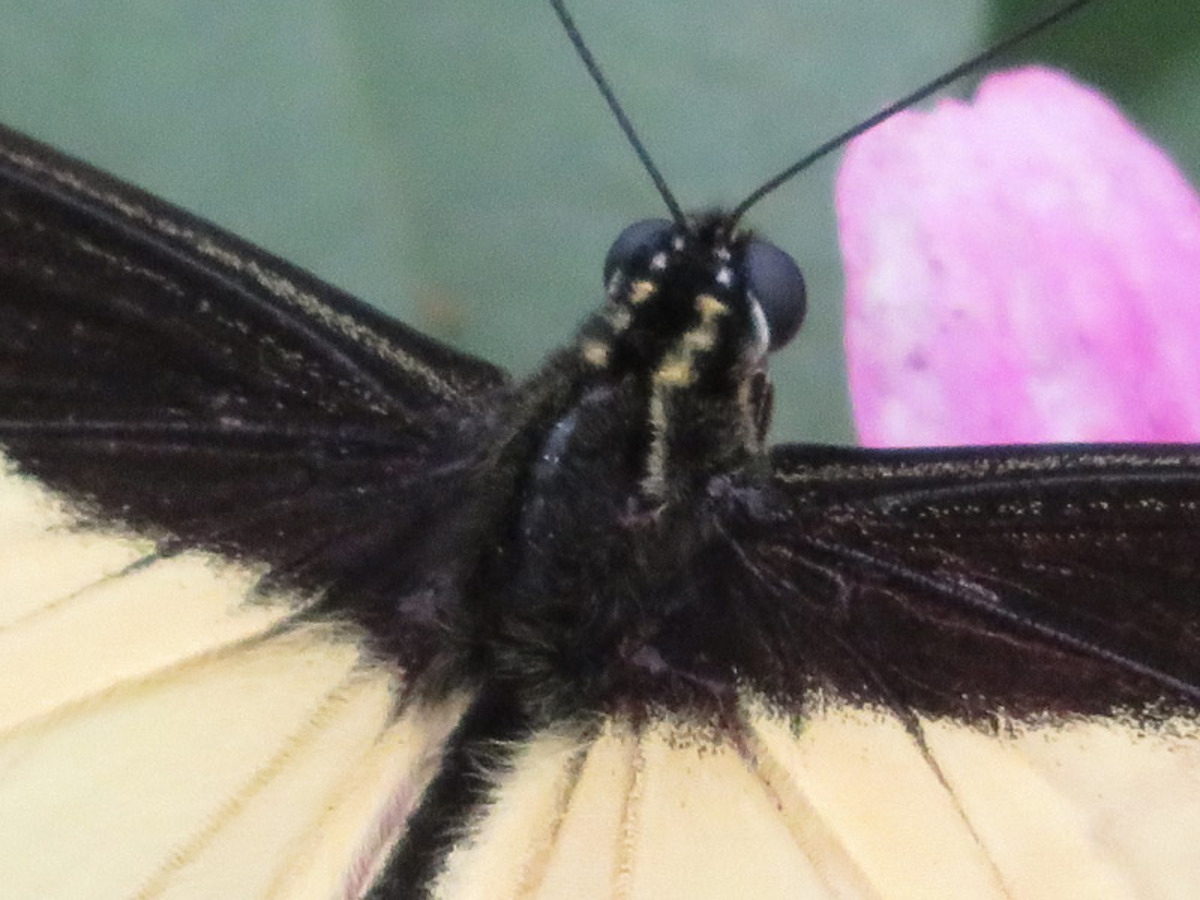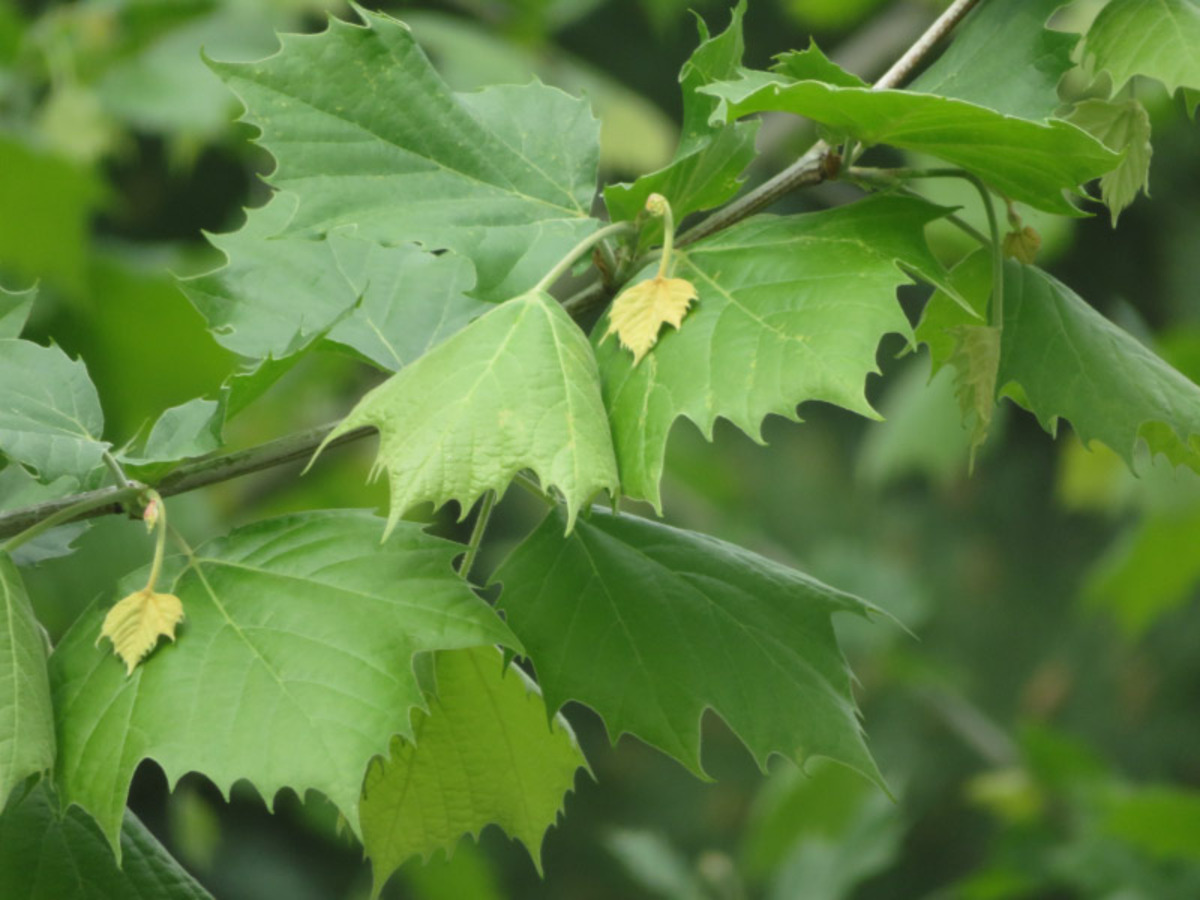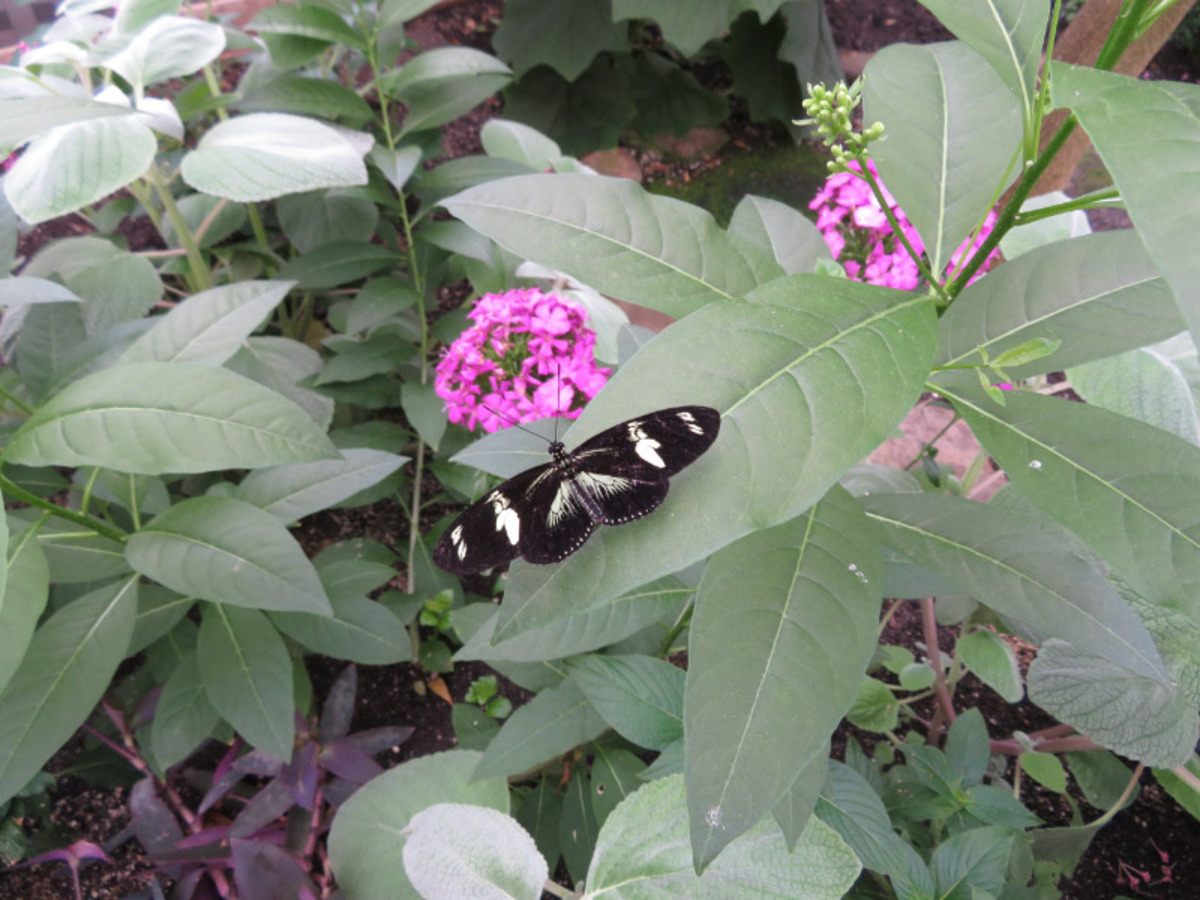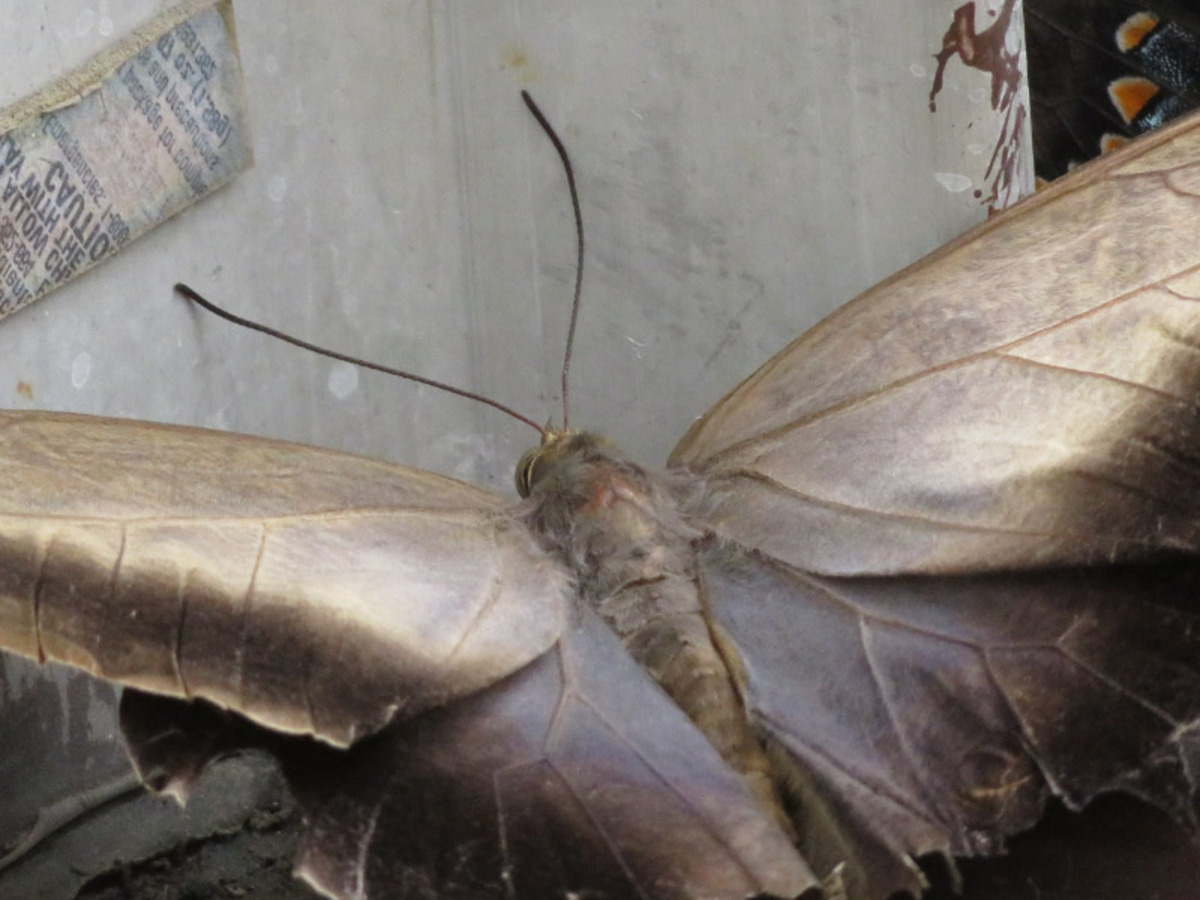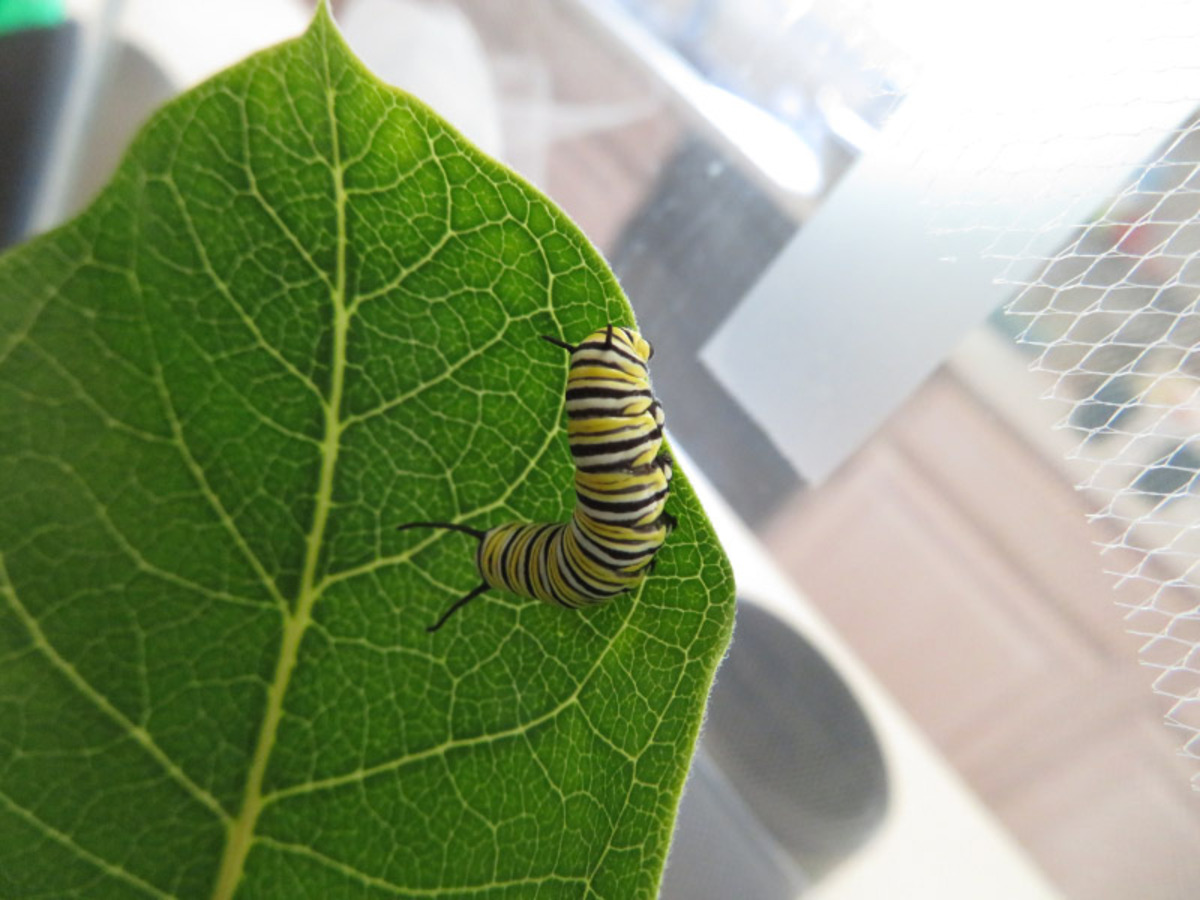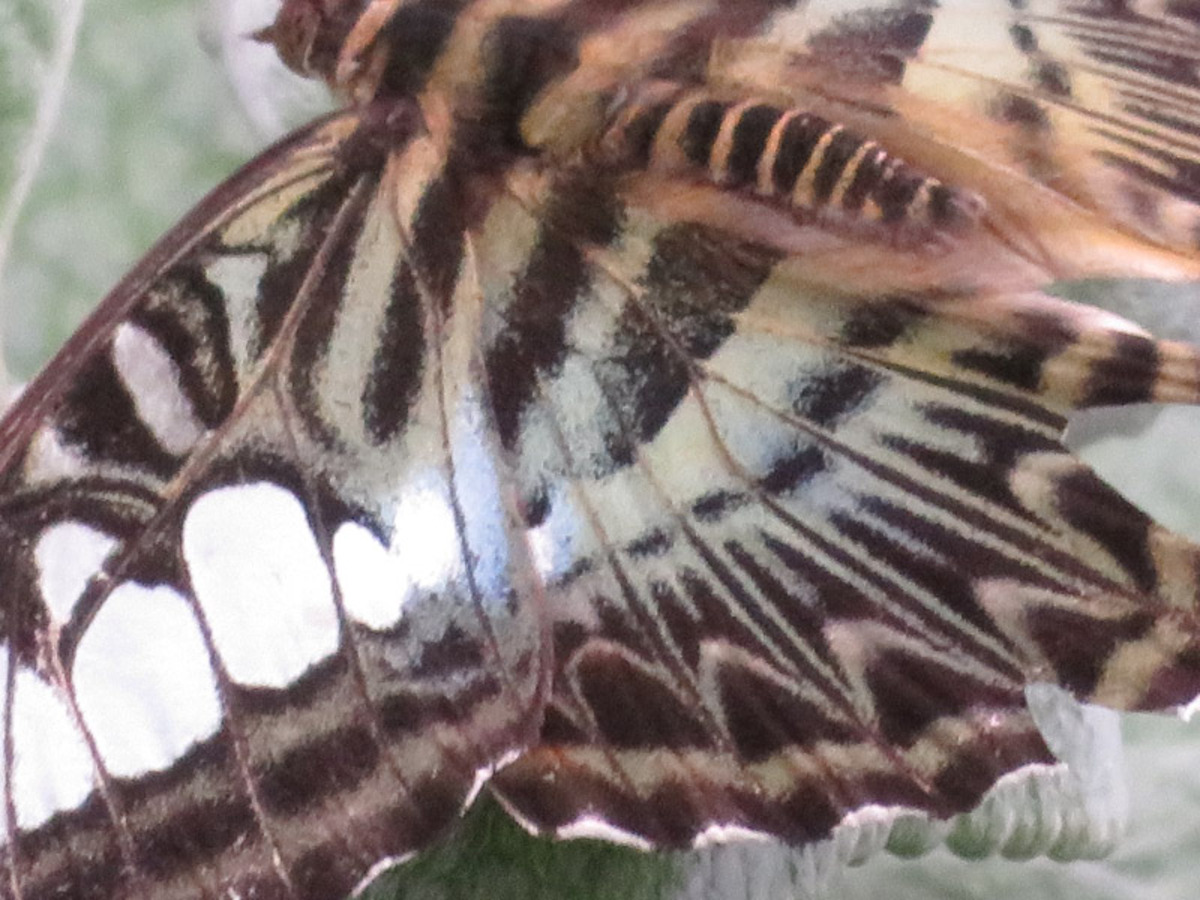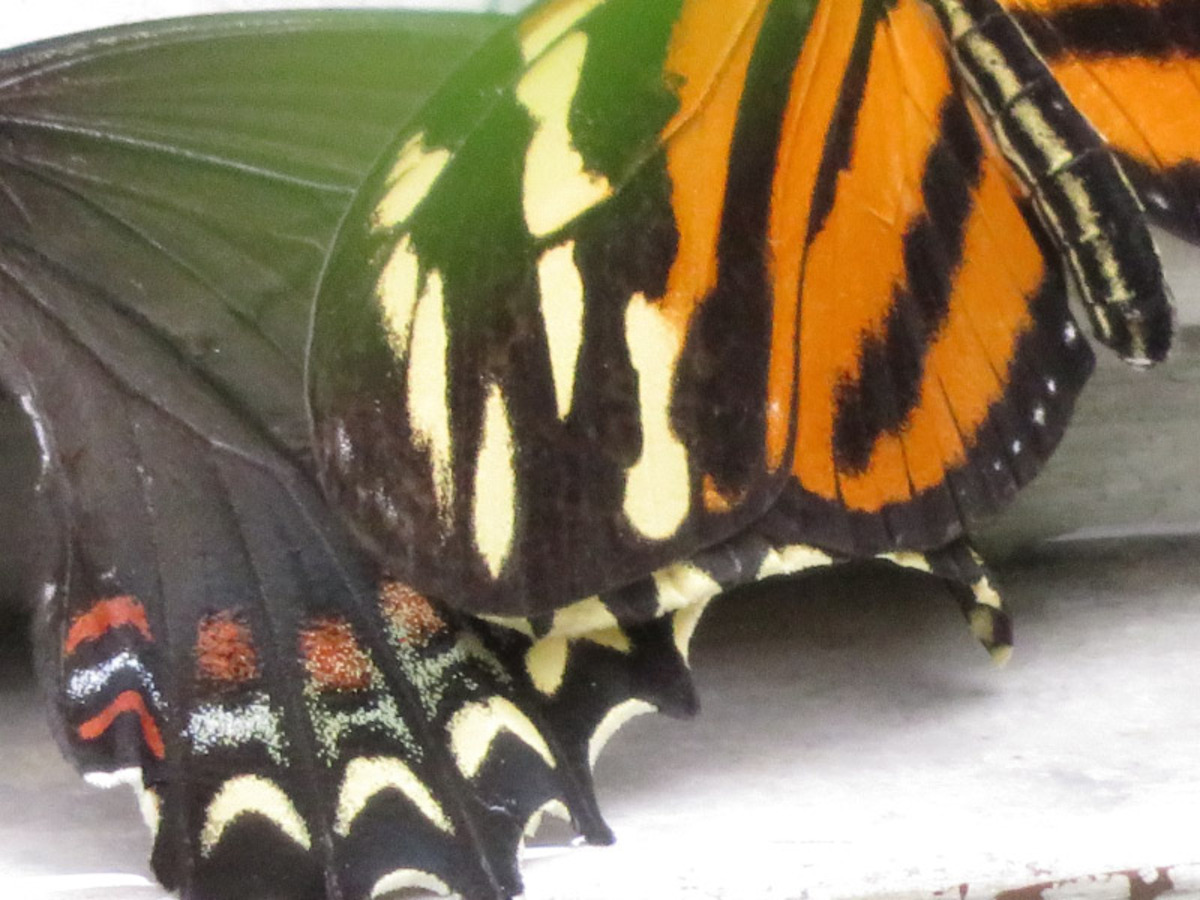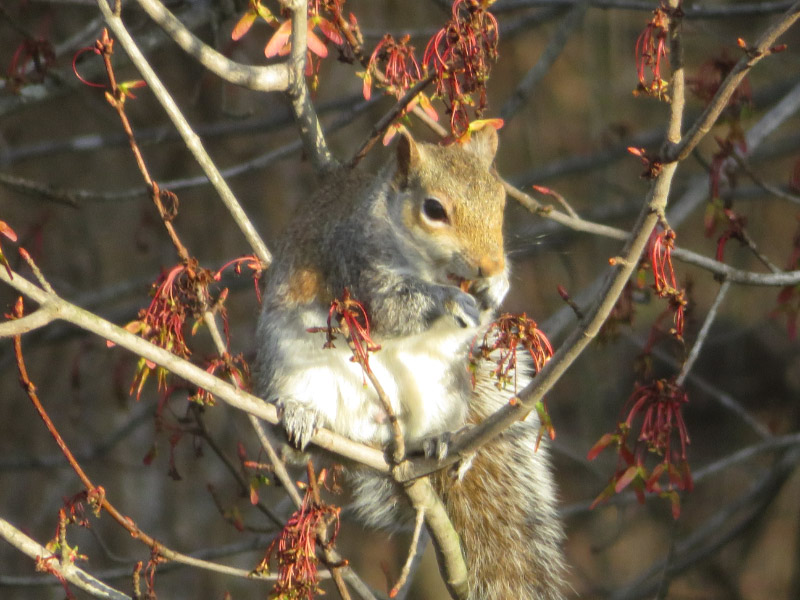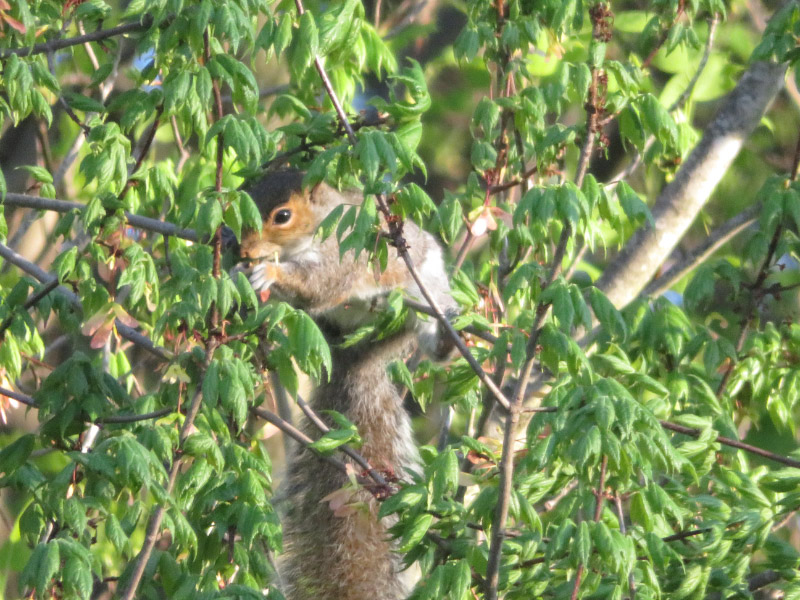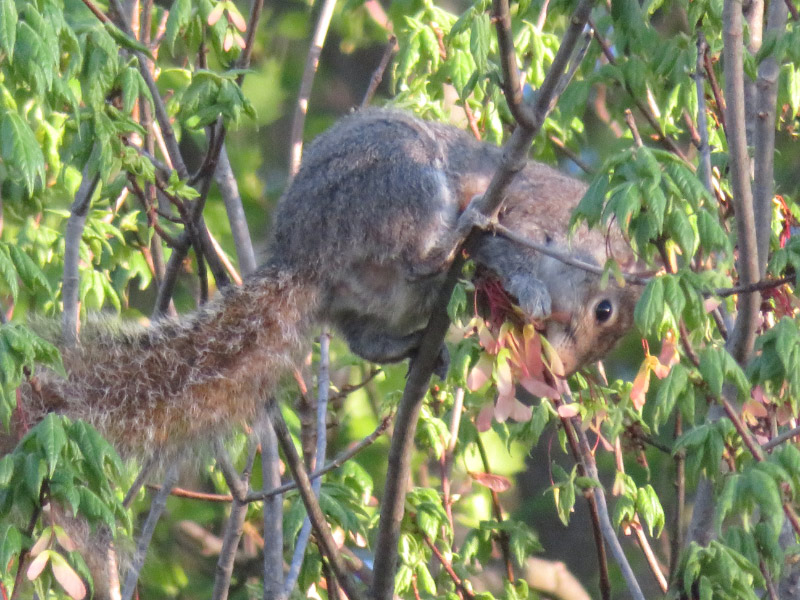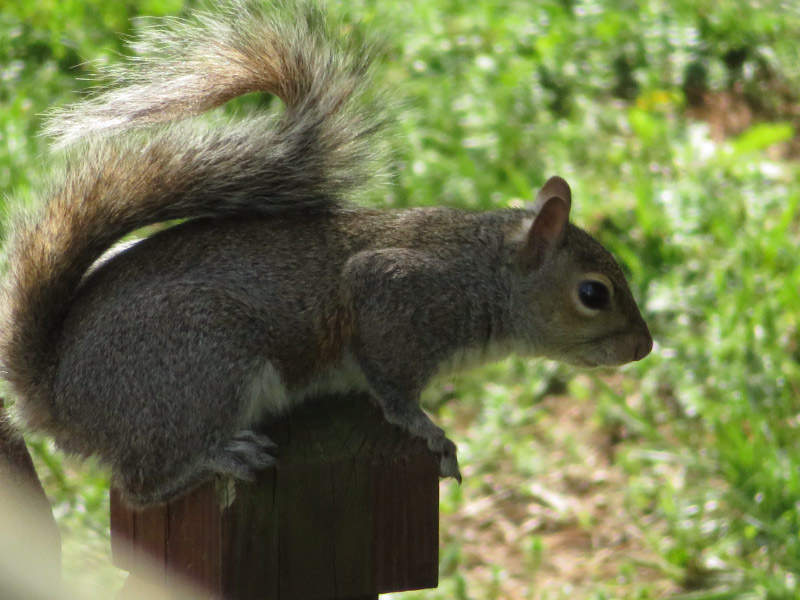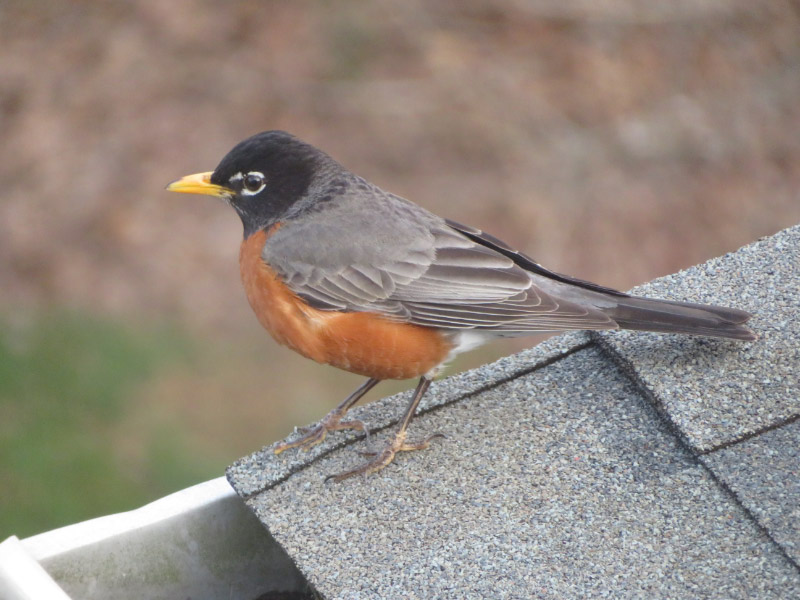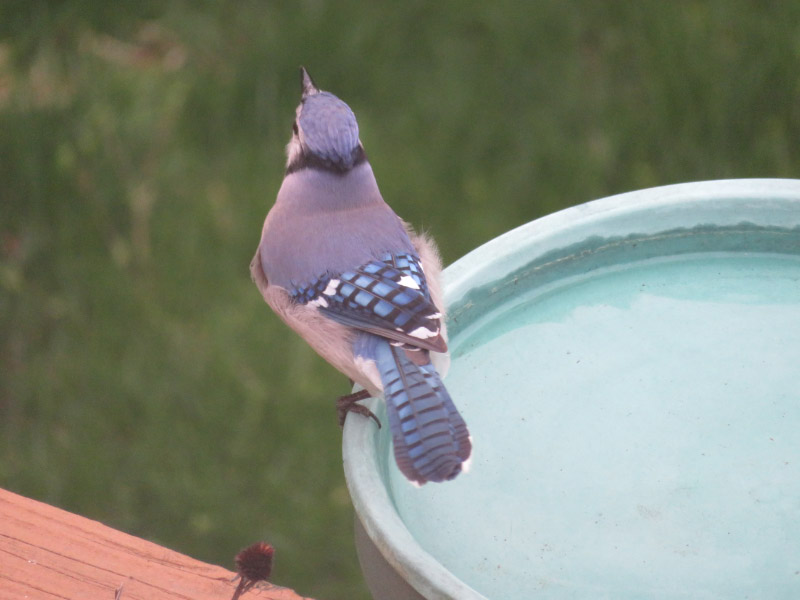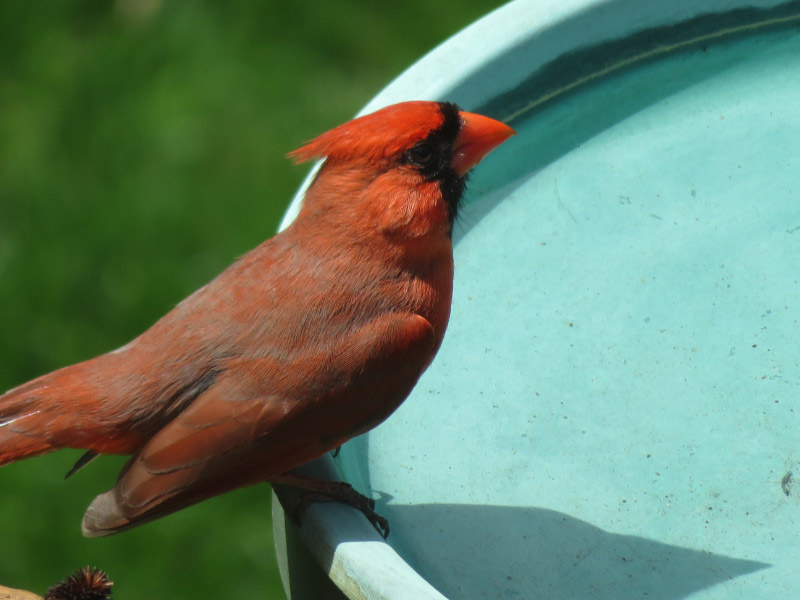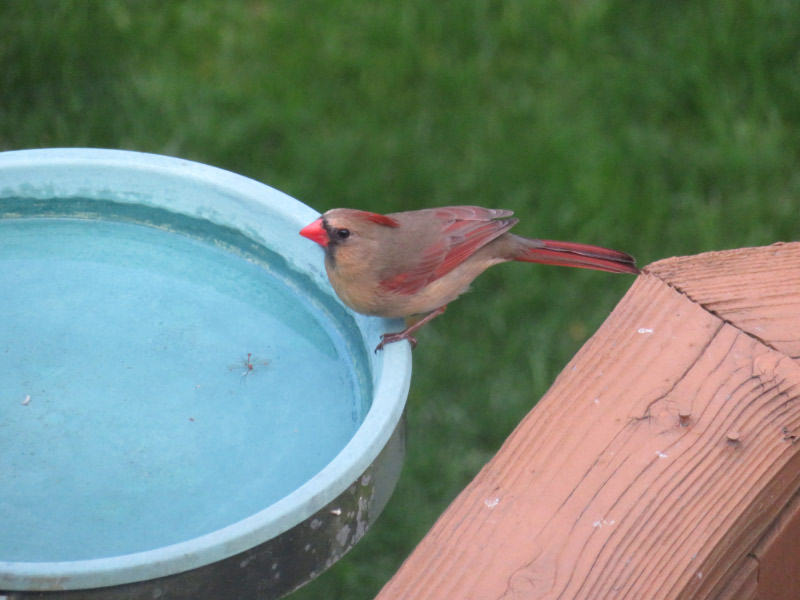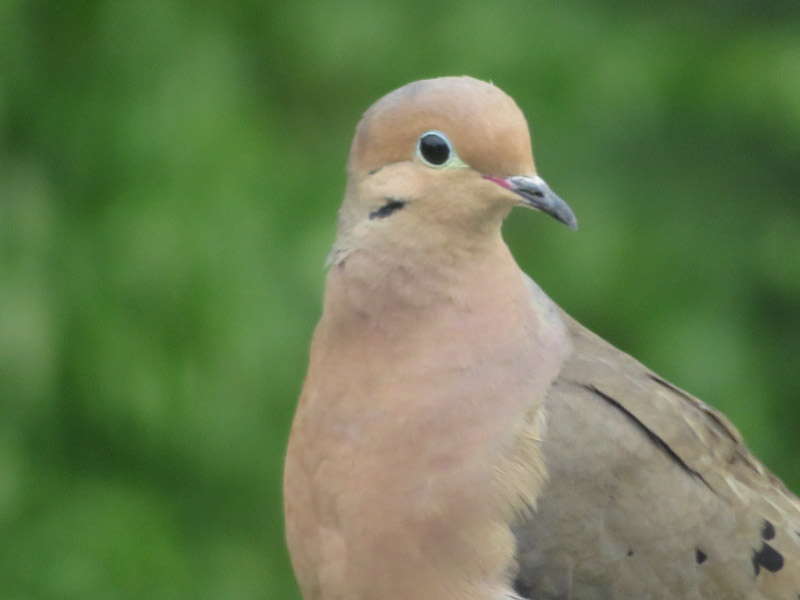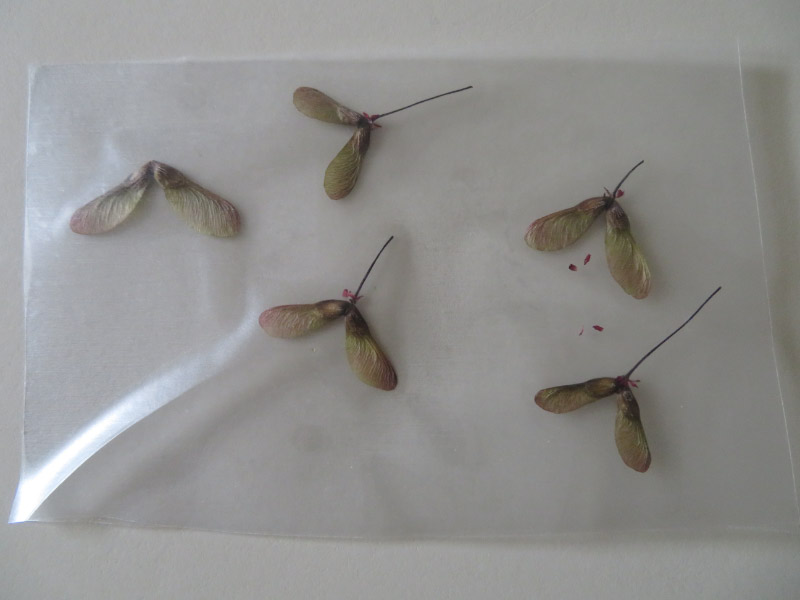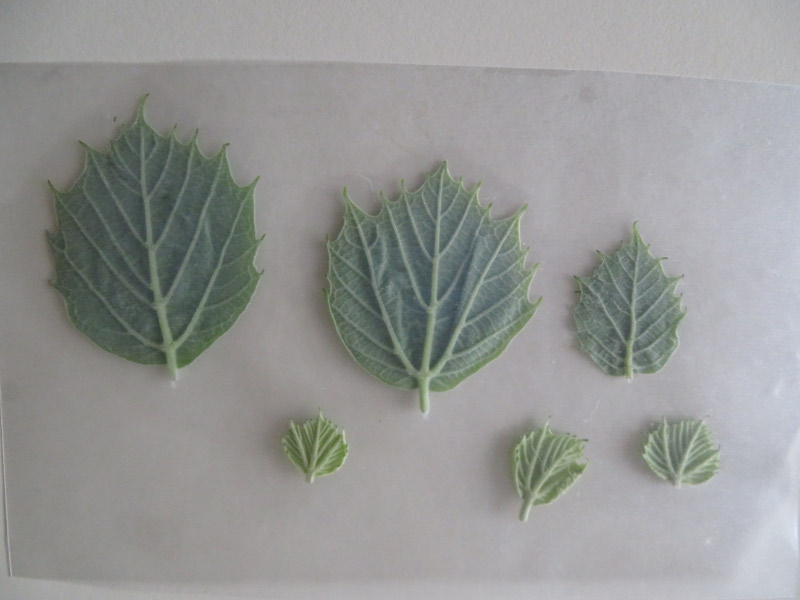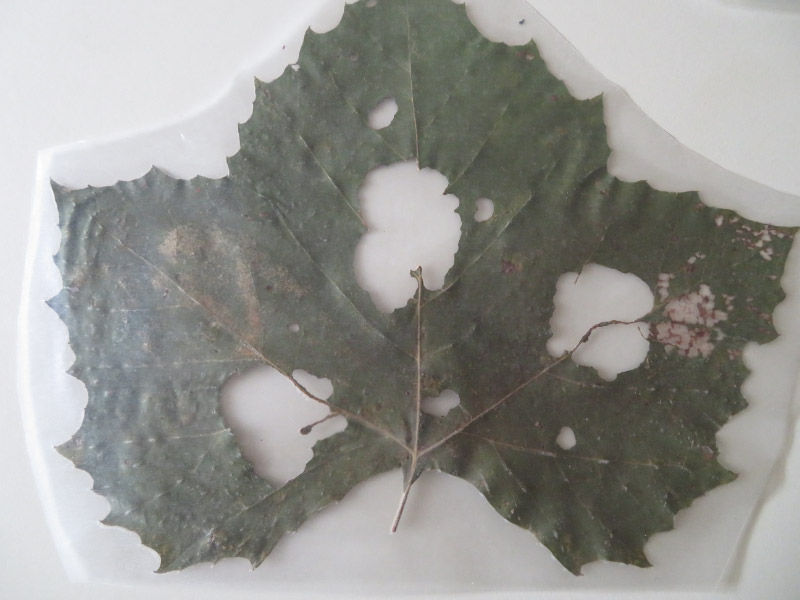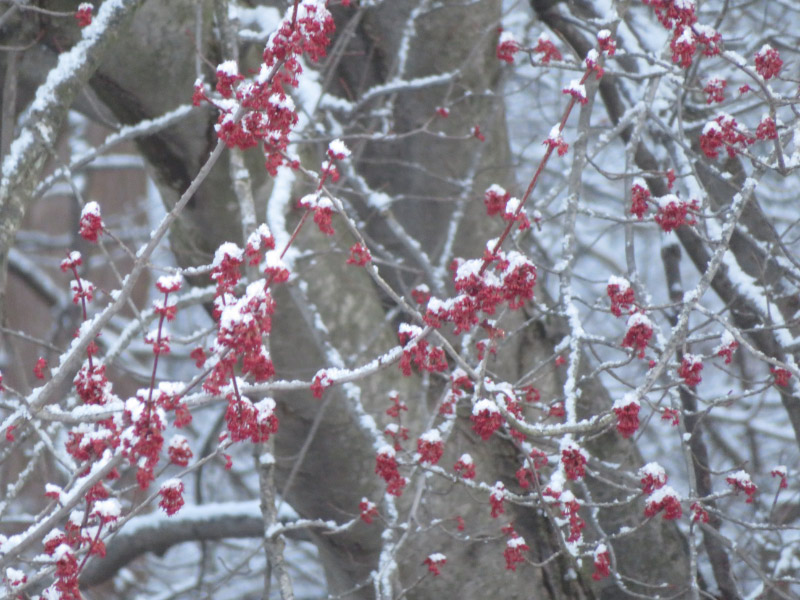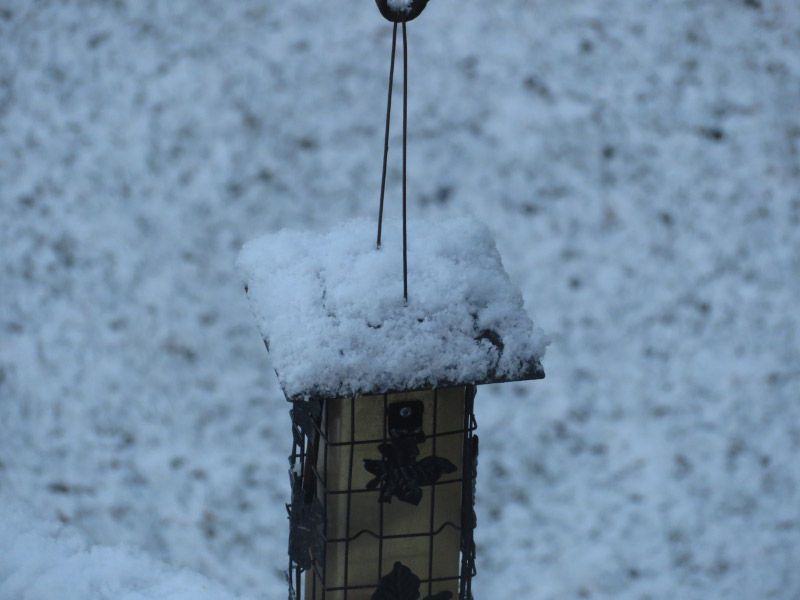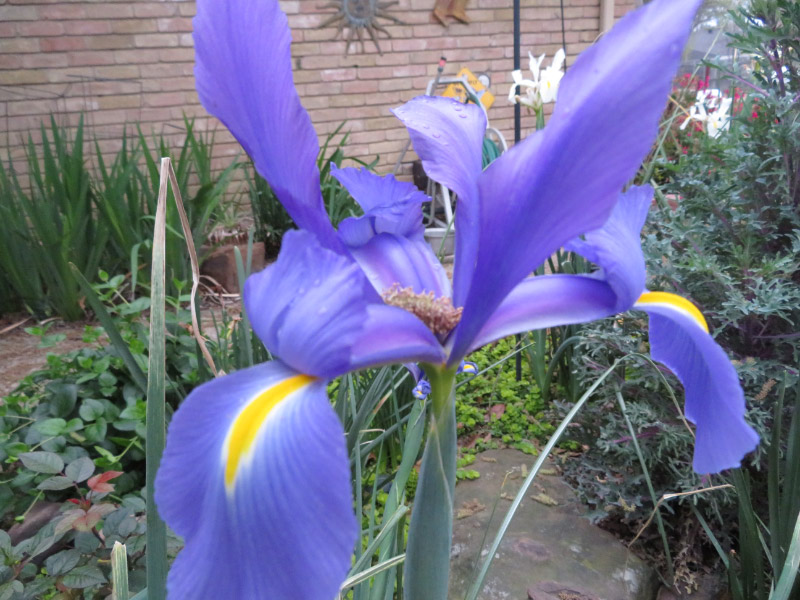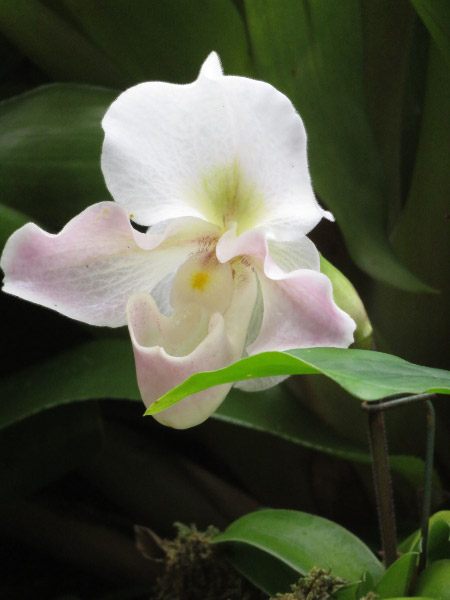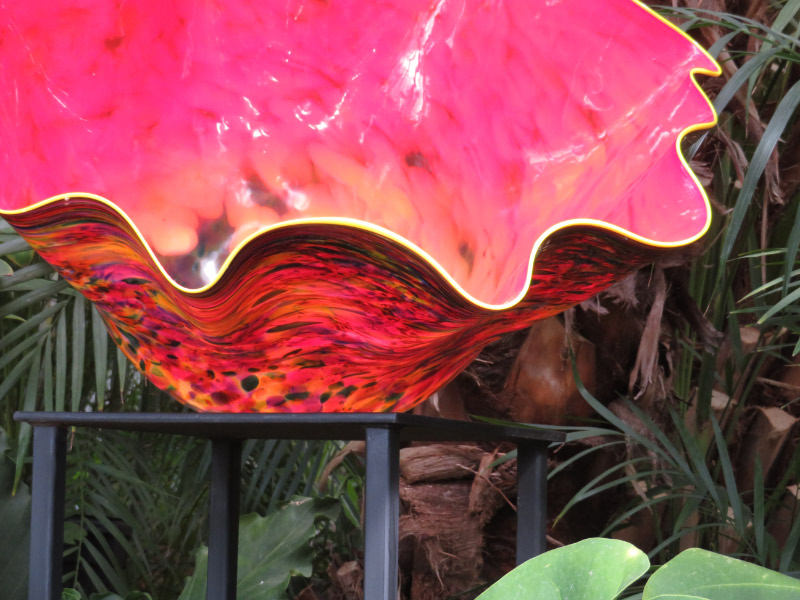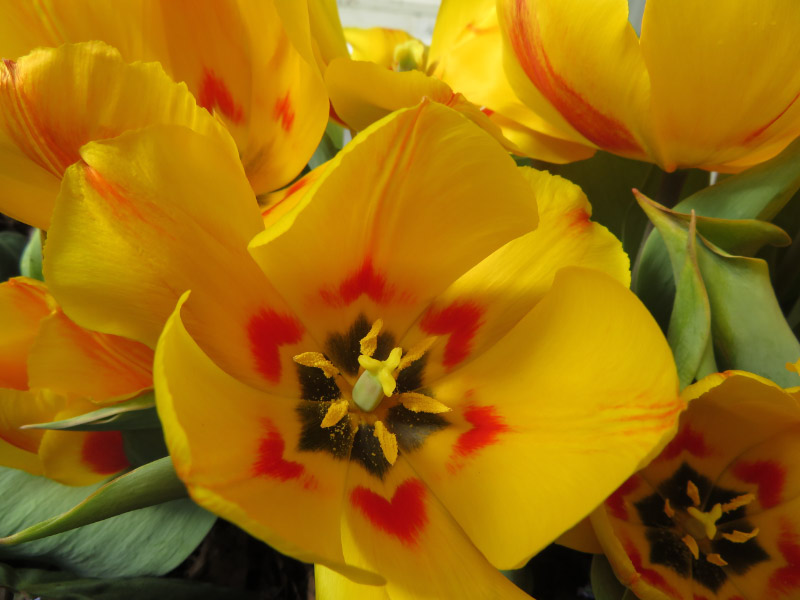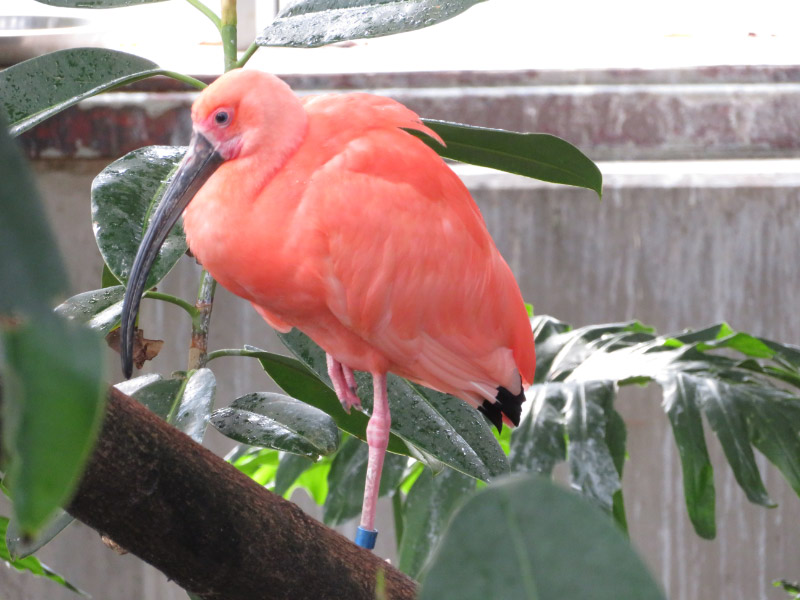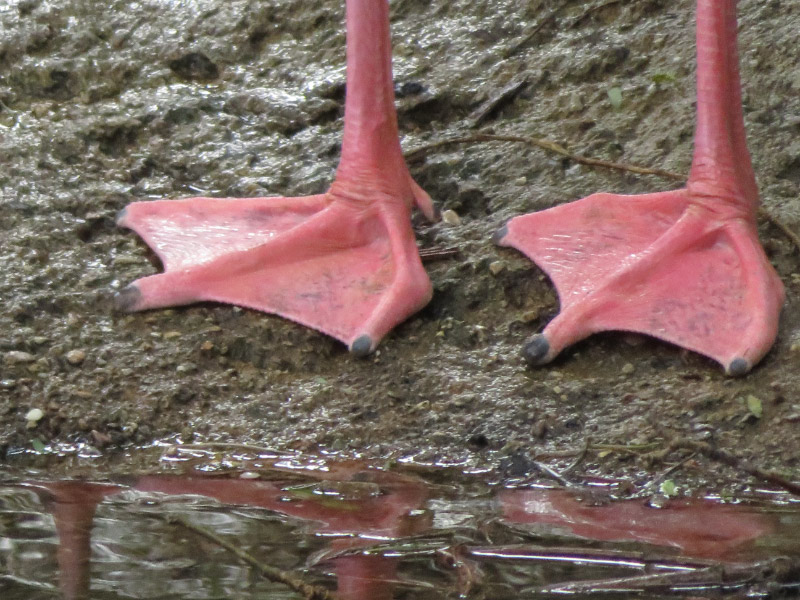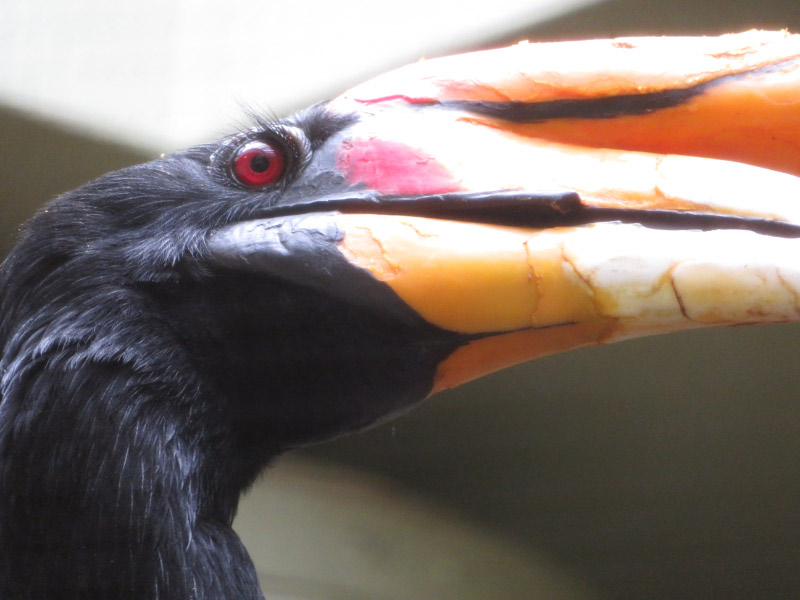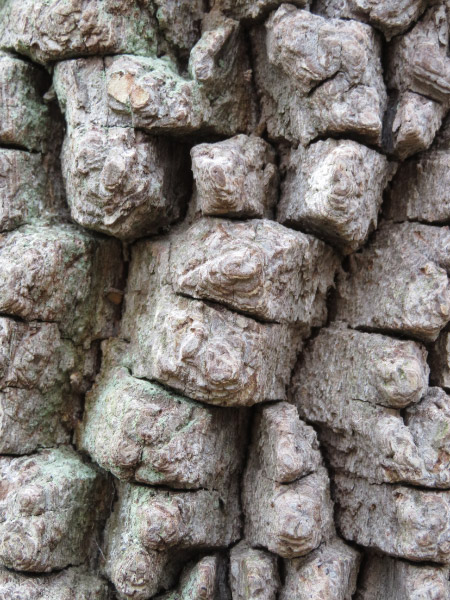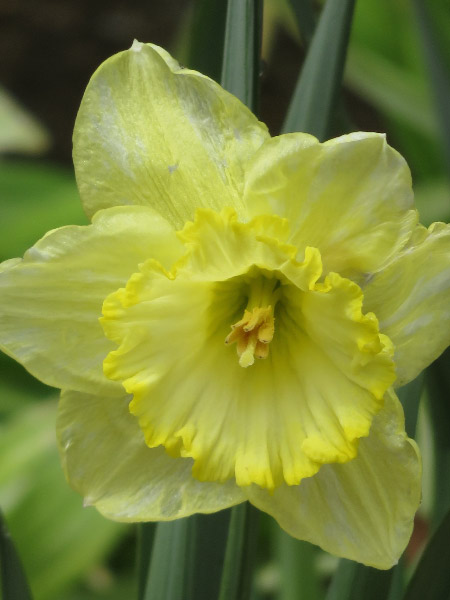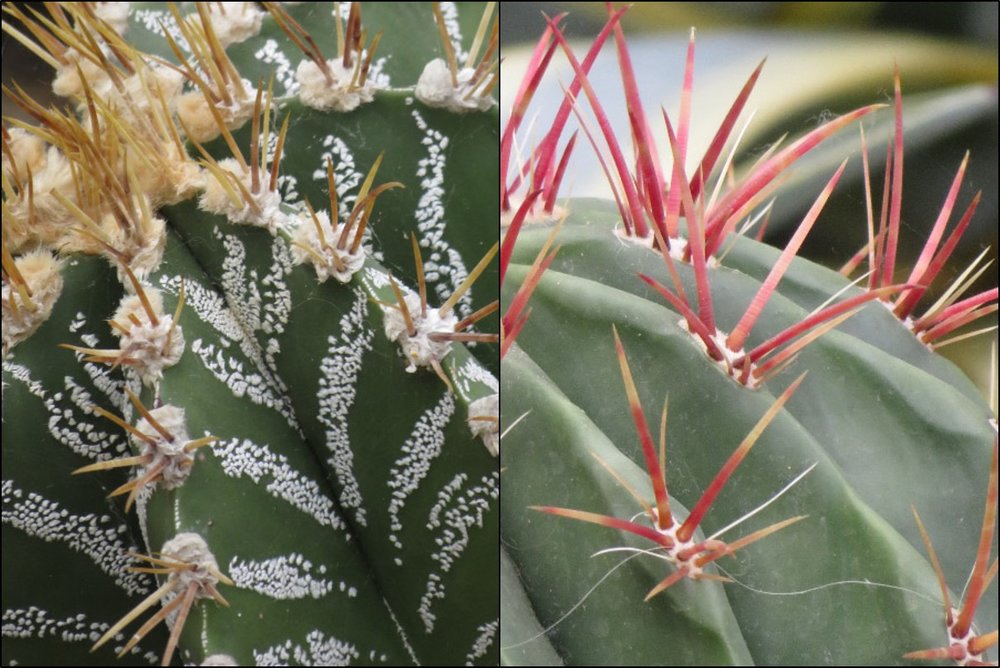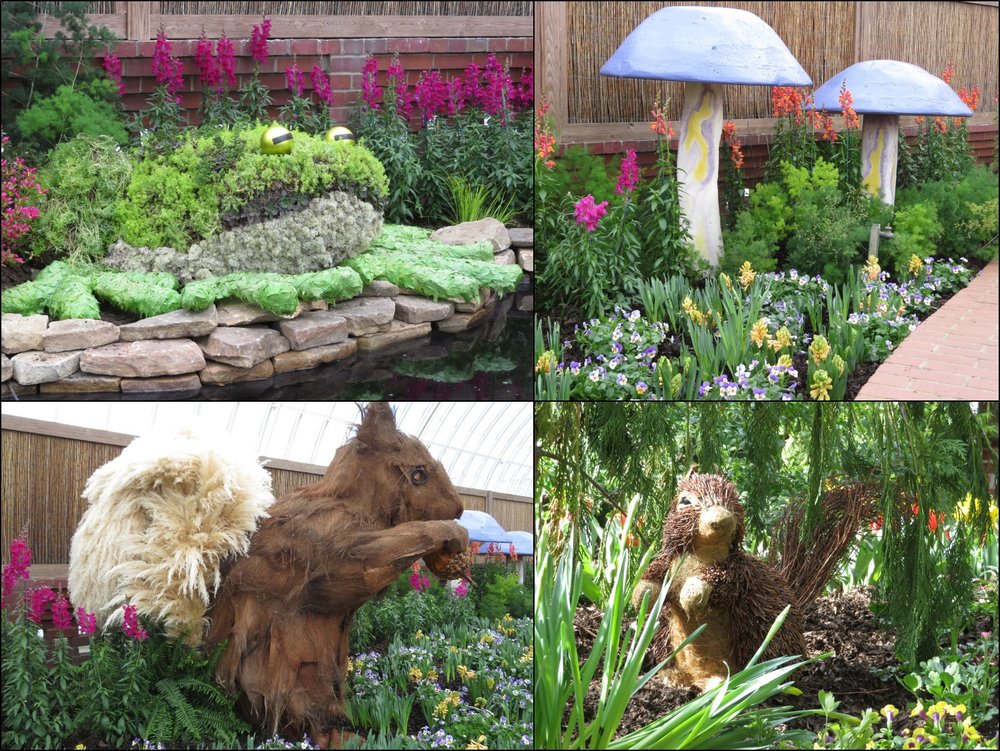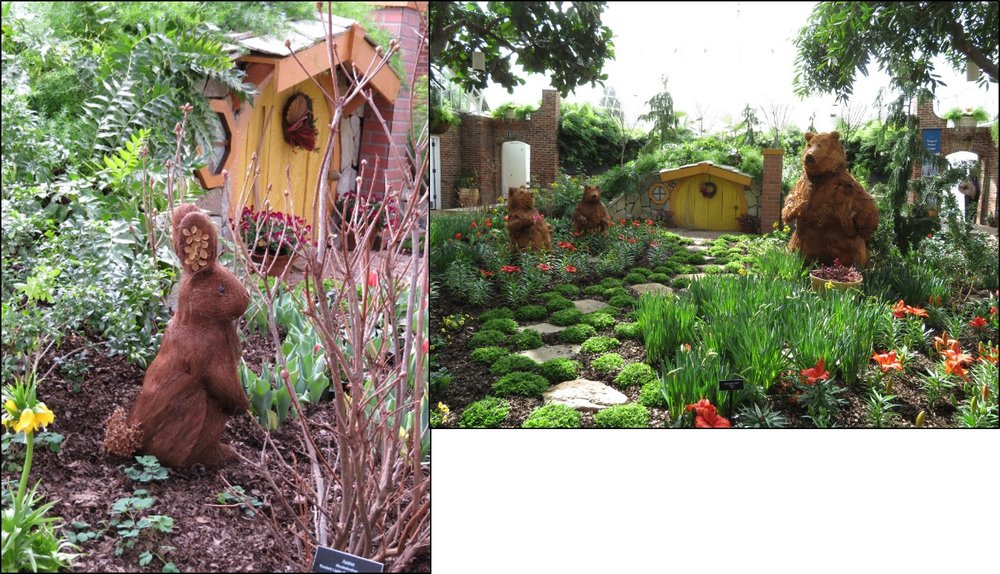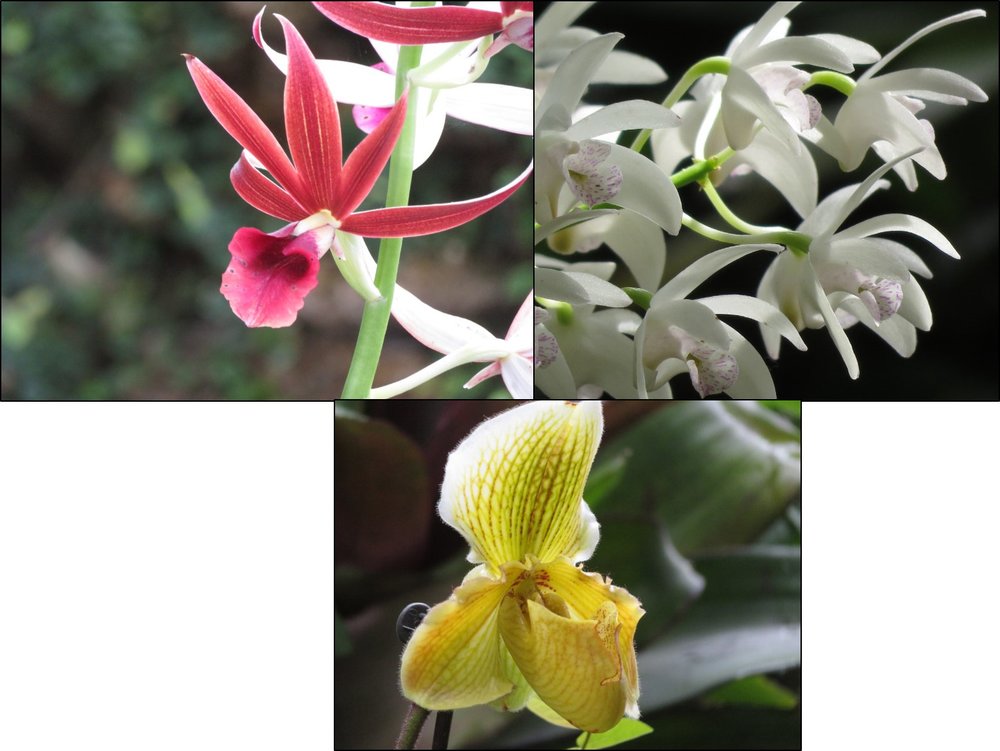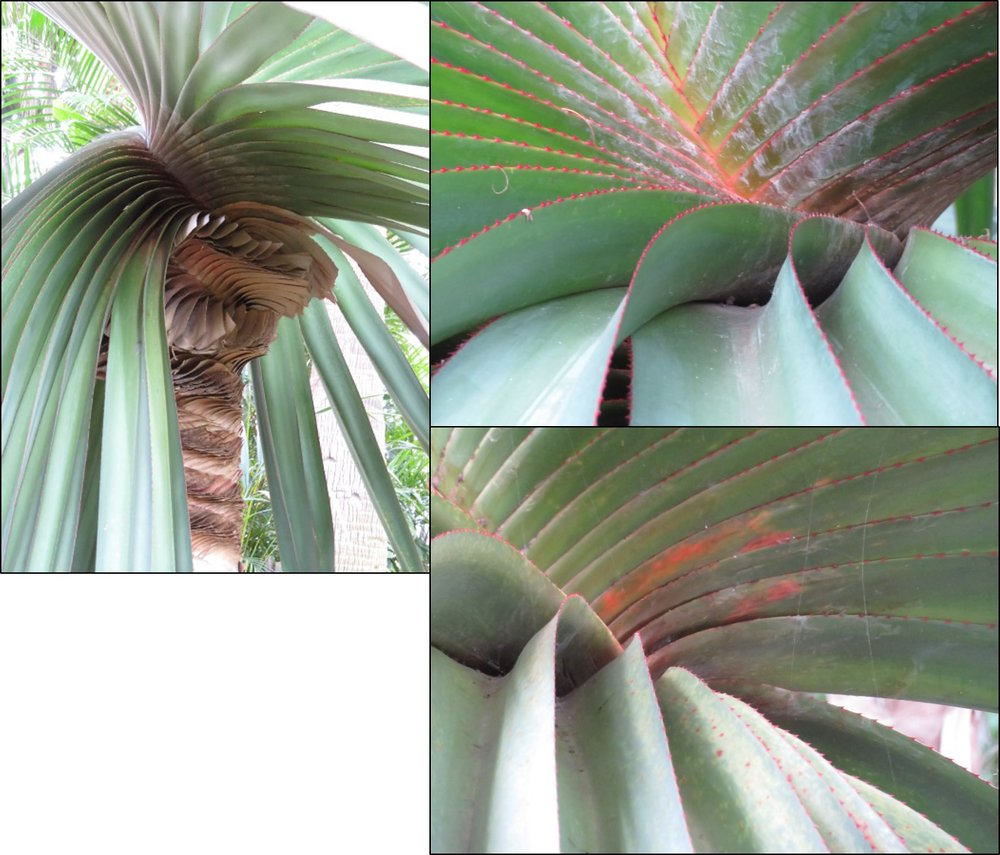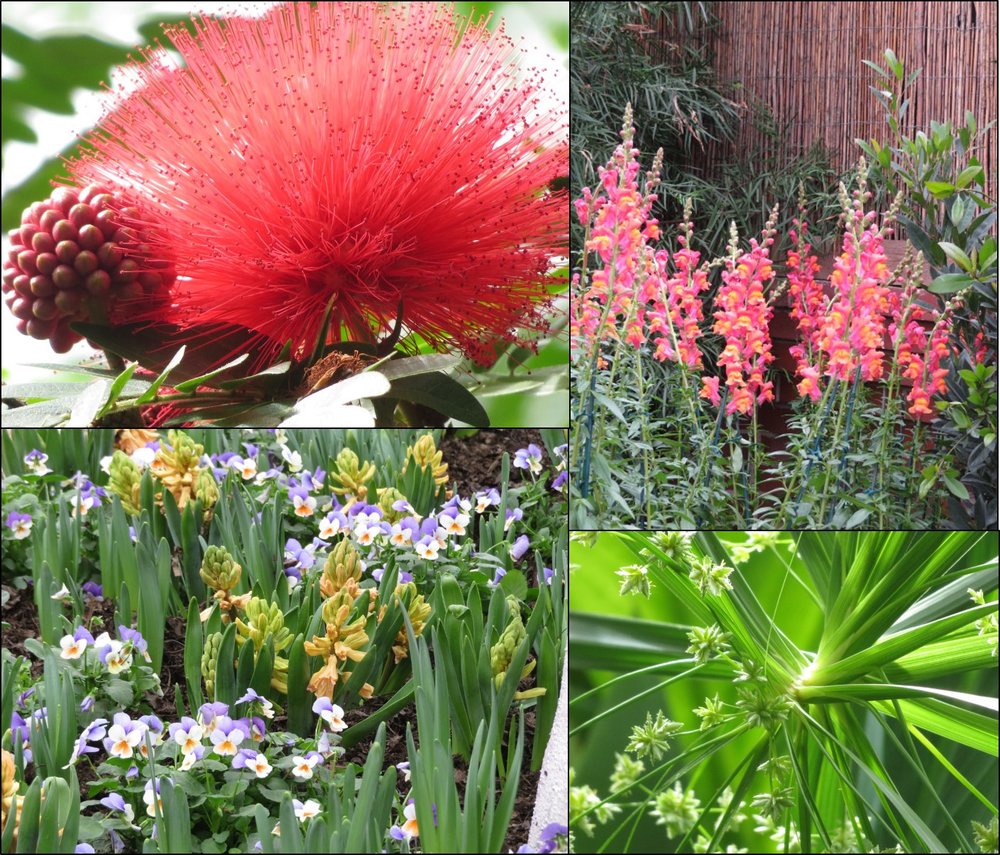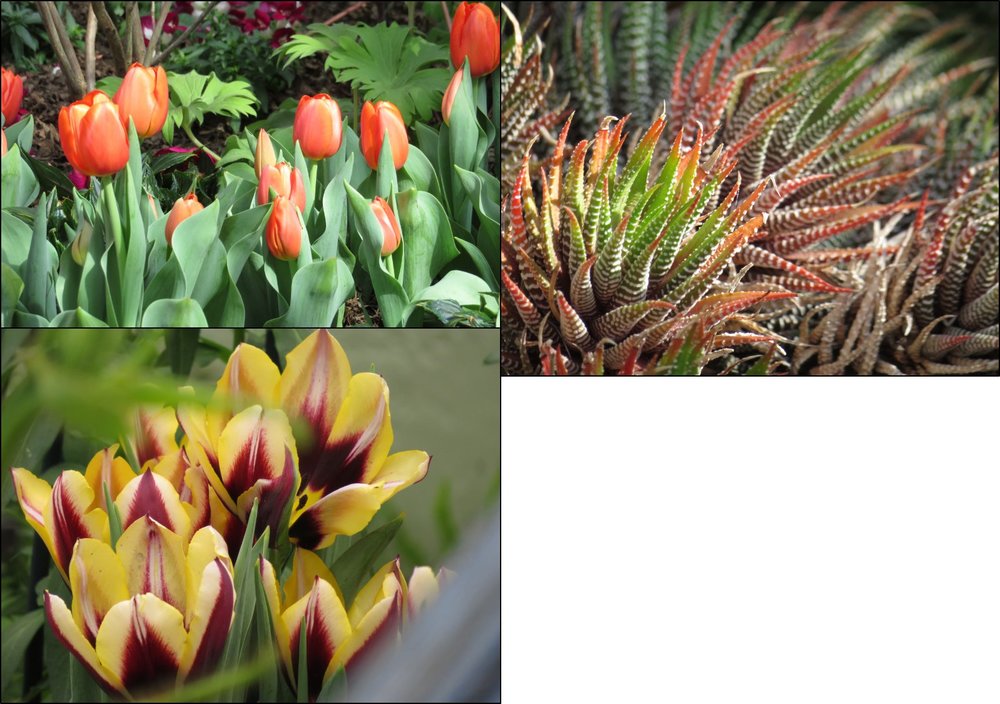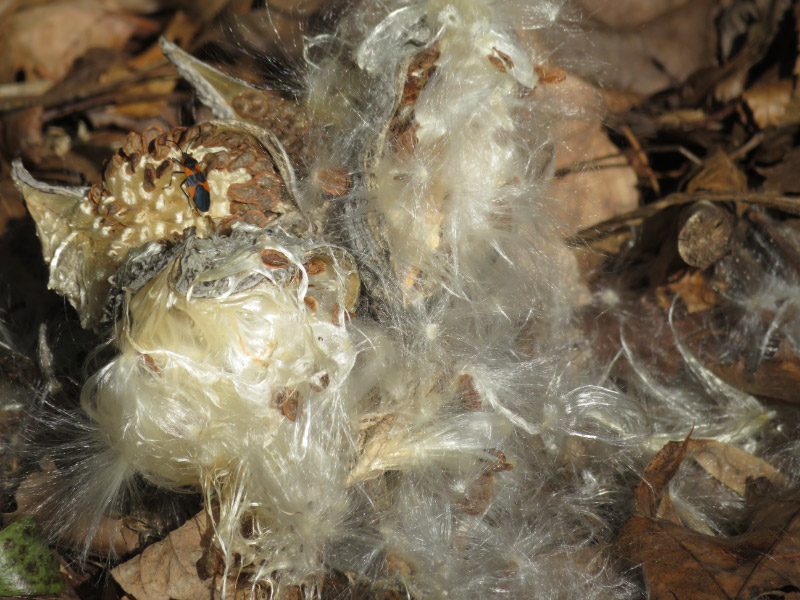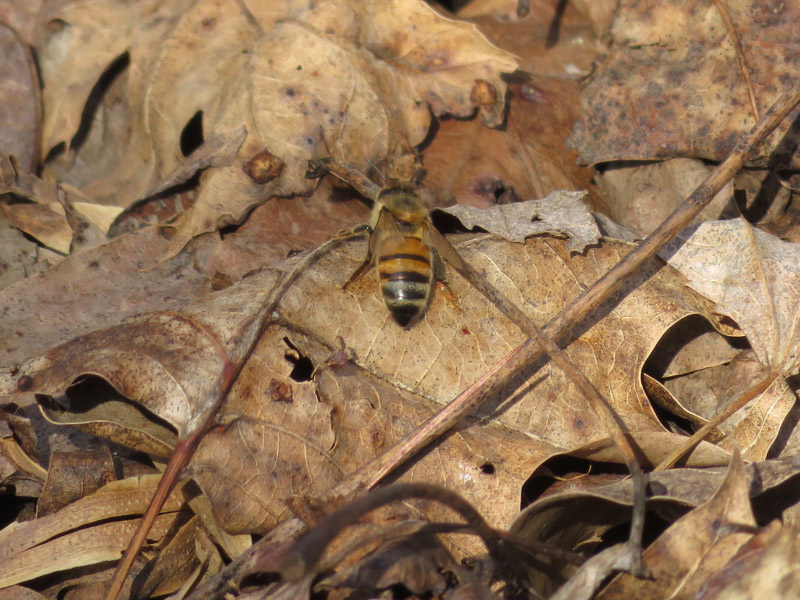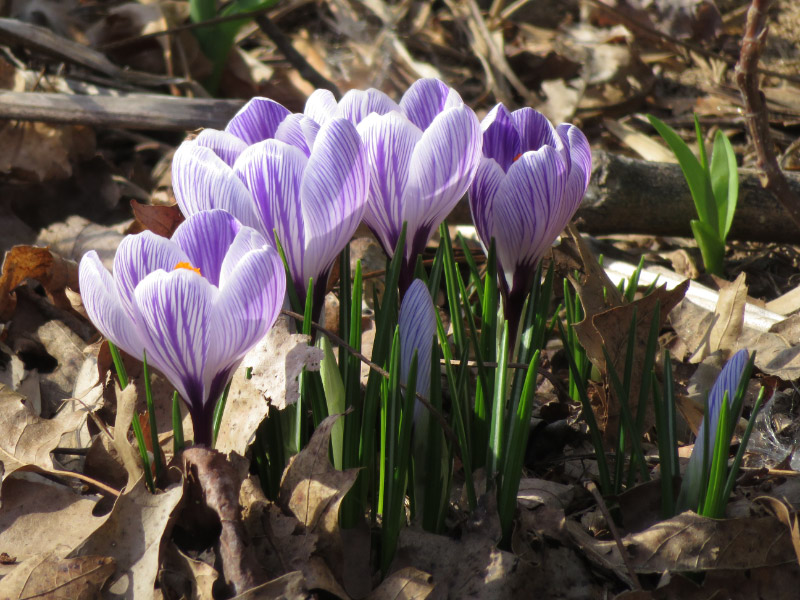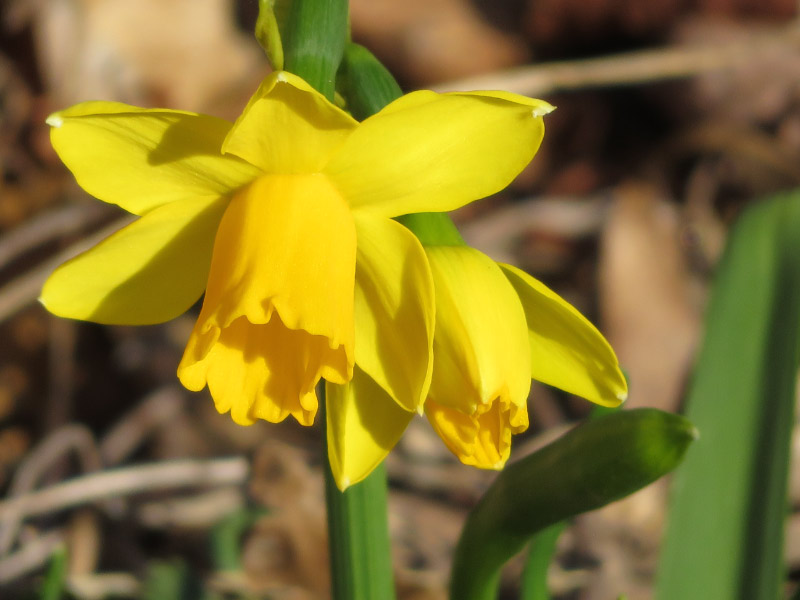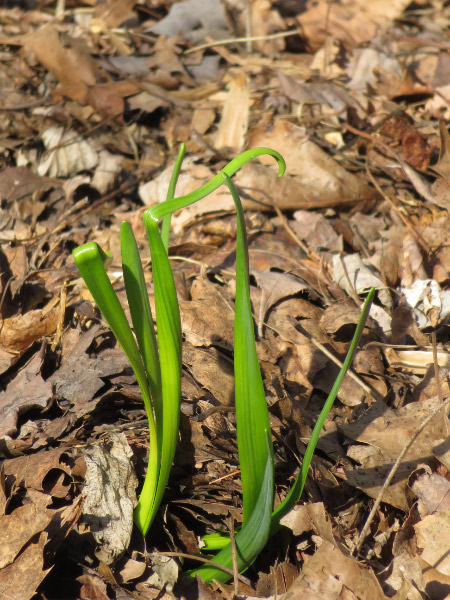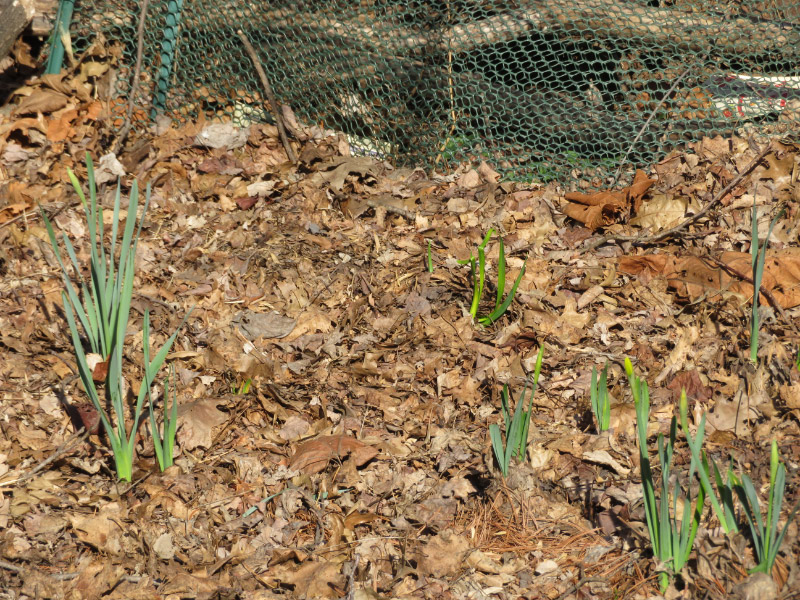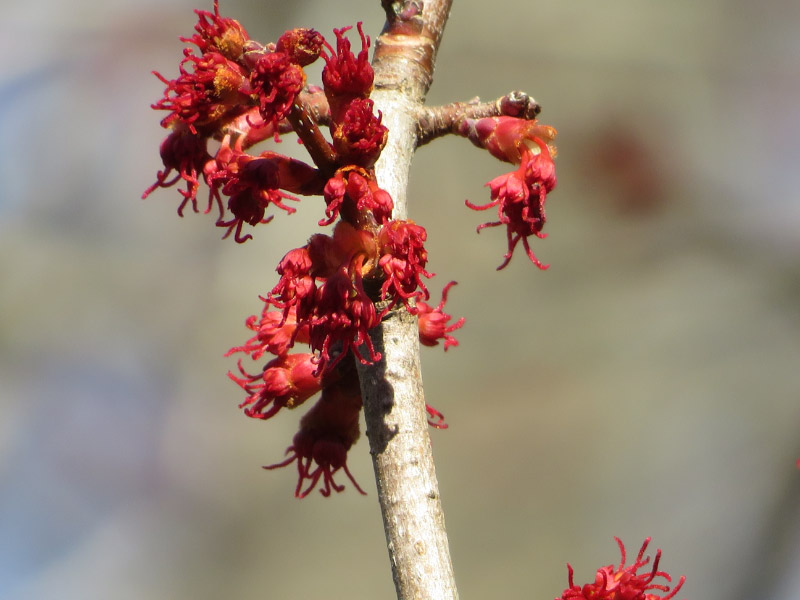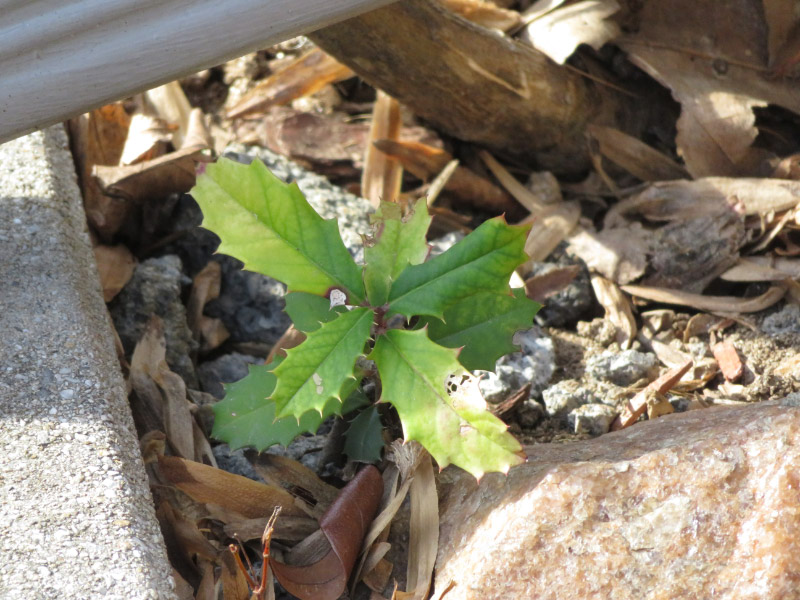Mt. Pleasant in July 2017 – Part I
/I took several walks around parts of Howard Country Conservancy’s Mt. Pleasant Farm last week while I was preparing for photography sessions with summer campers. There was a lot to see and I’m doing two blog posts about the enjoyable walks taken over 3 days. One morning I walked down through the meadow where I saw lots of butterflies but the ones that thrilled me the most were the monarchs. There haven’t been any in my neighborhood this year so it was something to see that there were still a few in our part of Maryland.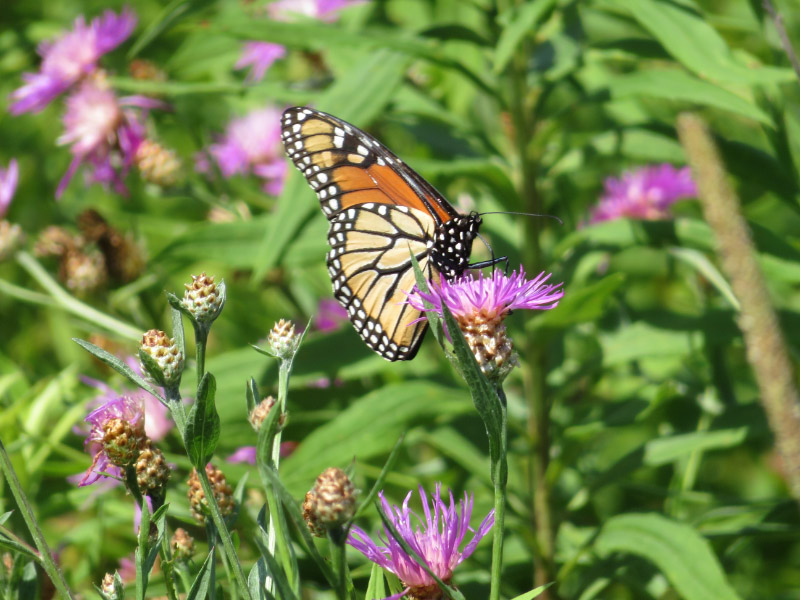
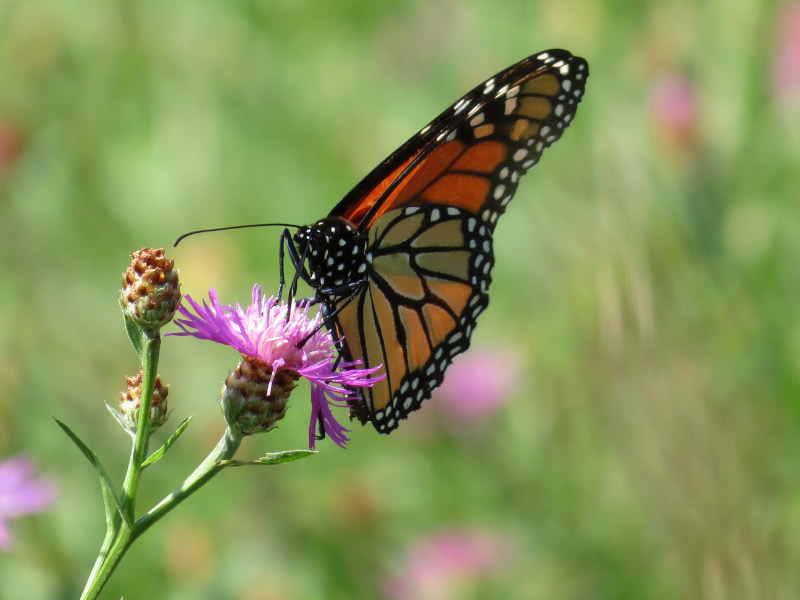

There were wild flowers too – which I couldn’t resist photographing.
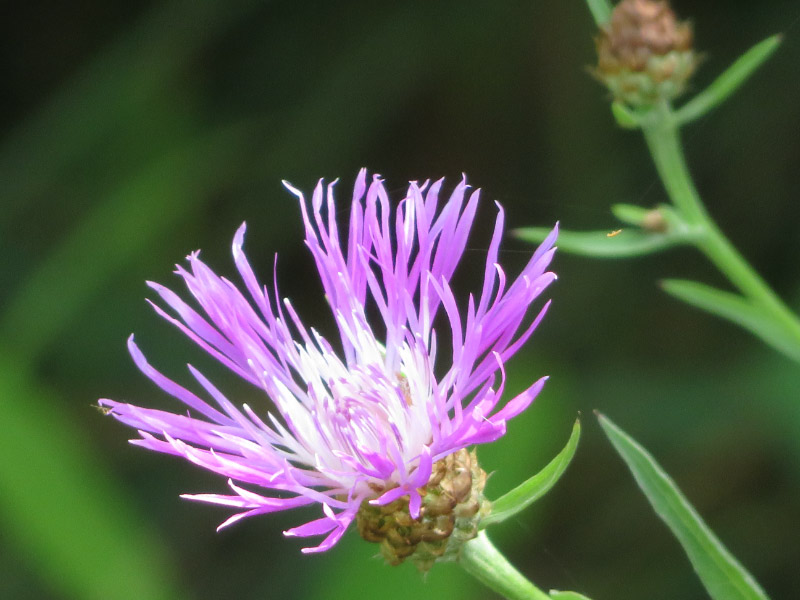
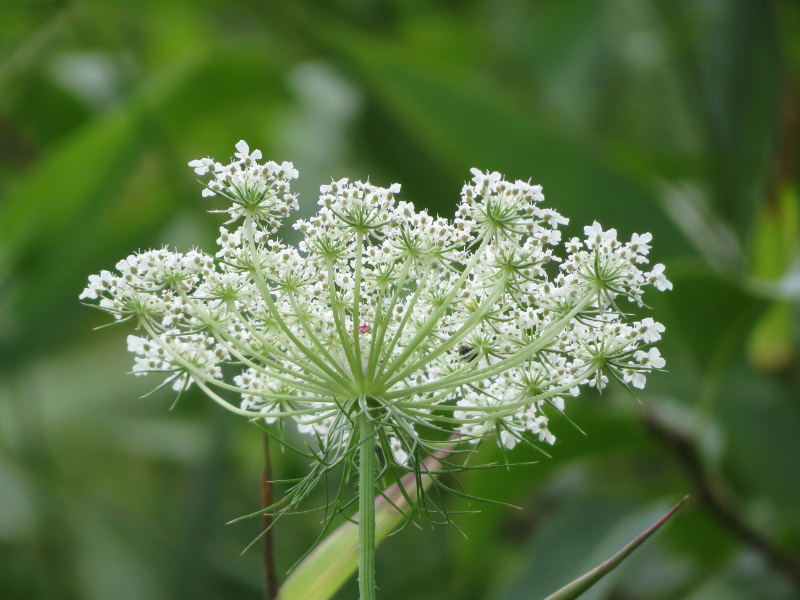
When I got down to the Davis Branch, I watched a mud dauber wasp making a small ball of sediment to add to his nest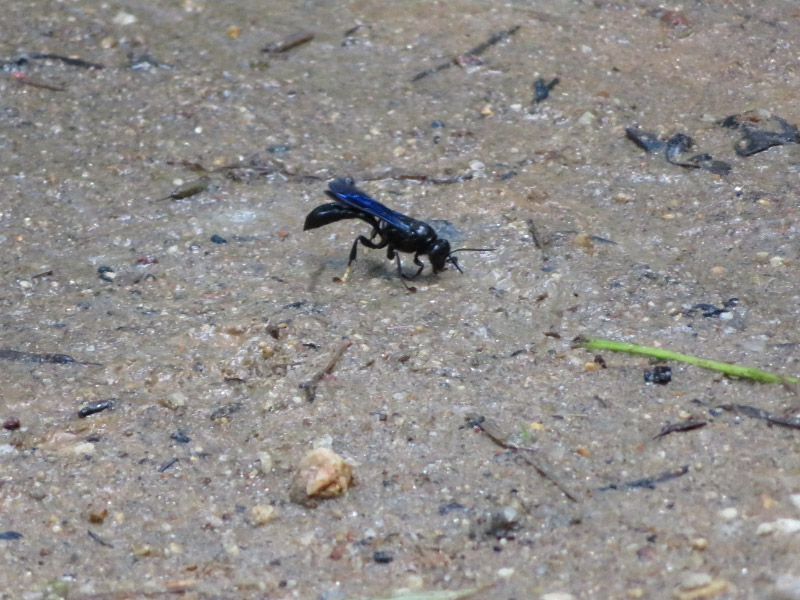
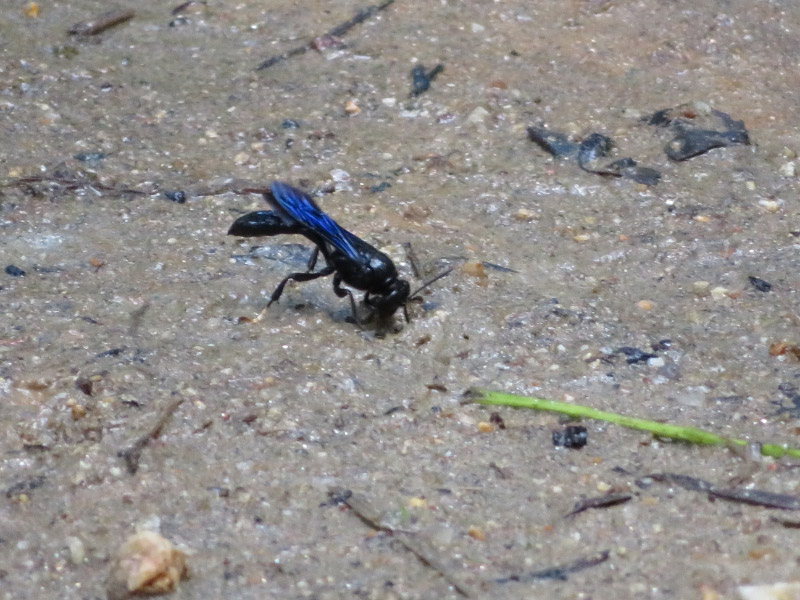

And I noticed that there were more larger cobbles on the ‘beach’ that before the heavy rains of last summer.
I walked over to the area where some stream restoration work was done last spring and found more dragonflies that I’d ever seen in the area. They all seemed to be the same kind but they seemed to be everywhere I turned.
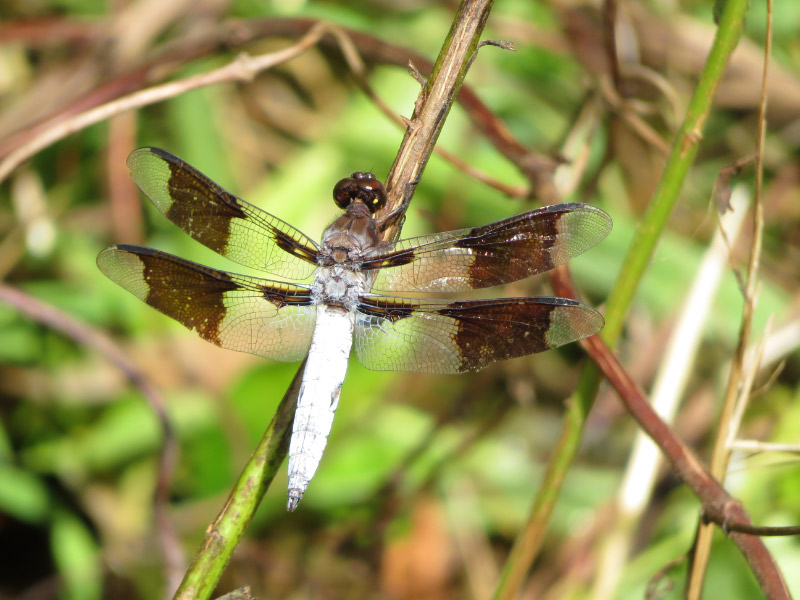

There was a flock of goldfinches using the riffles constructed during the stream restored as a bird bath! Hopefully there will be some new paths that provide some better views of this part of the stream after the stream restoration is stabilized; I didn’t want to wade through the tall grass and risk ticks (Lyme disease).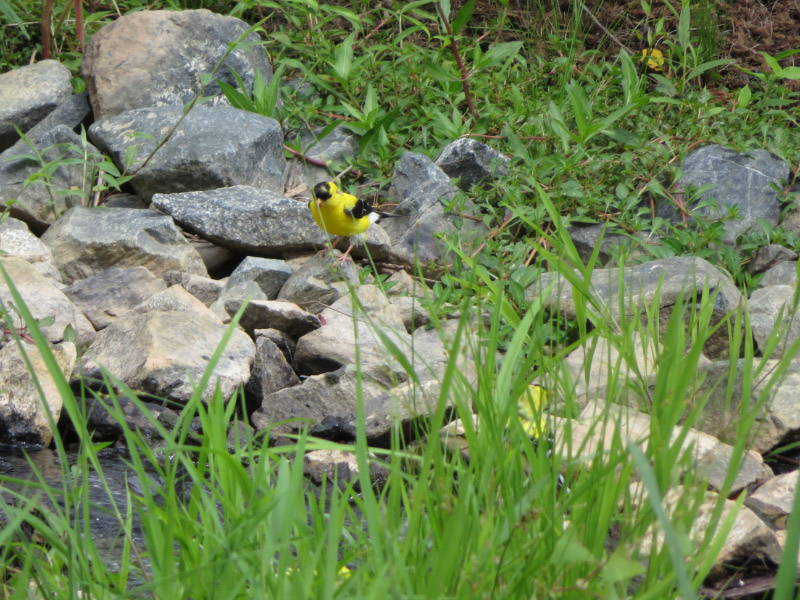
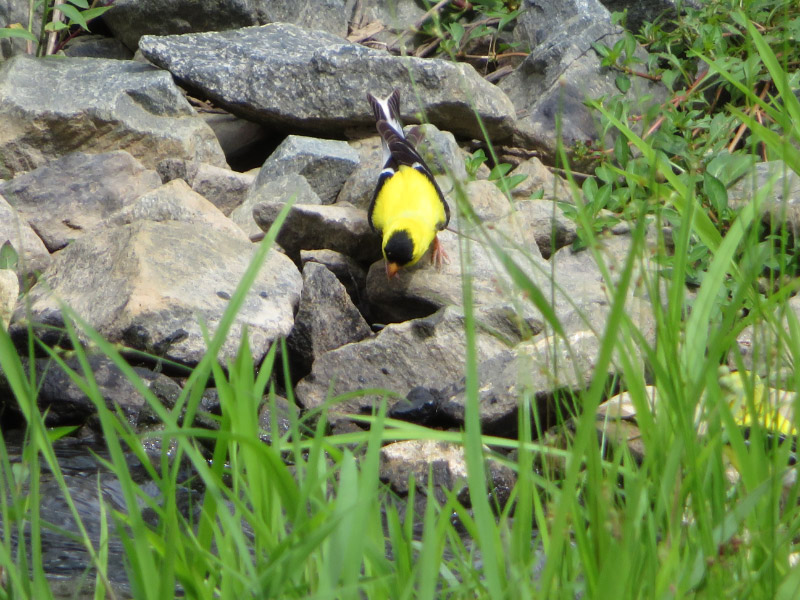
 On the way back up the hill, I paused to photograph the maple tree within a tree. It’s a favorite spot to share with elementary school hiking groups.
On the way back up the hill, I paused to photograph the maple tree within a tree. It’s a favorite spot to share with elementary school hiking groups.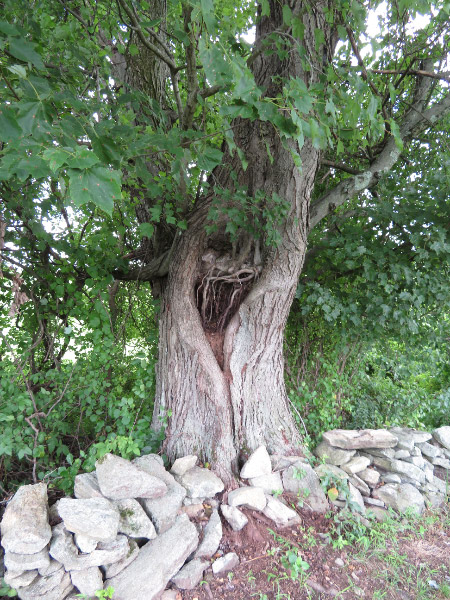
Just as I got to the top of the hill, there was a horse nettle flower that had managed to not get mowed by growing very low…and after I got home I noticed a bug was in the picture too.

